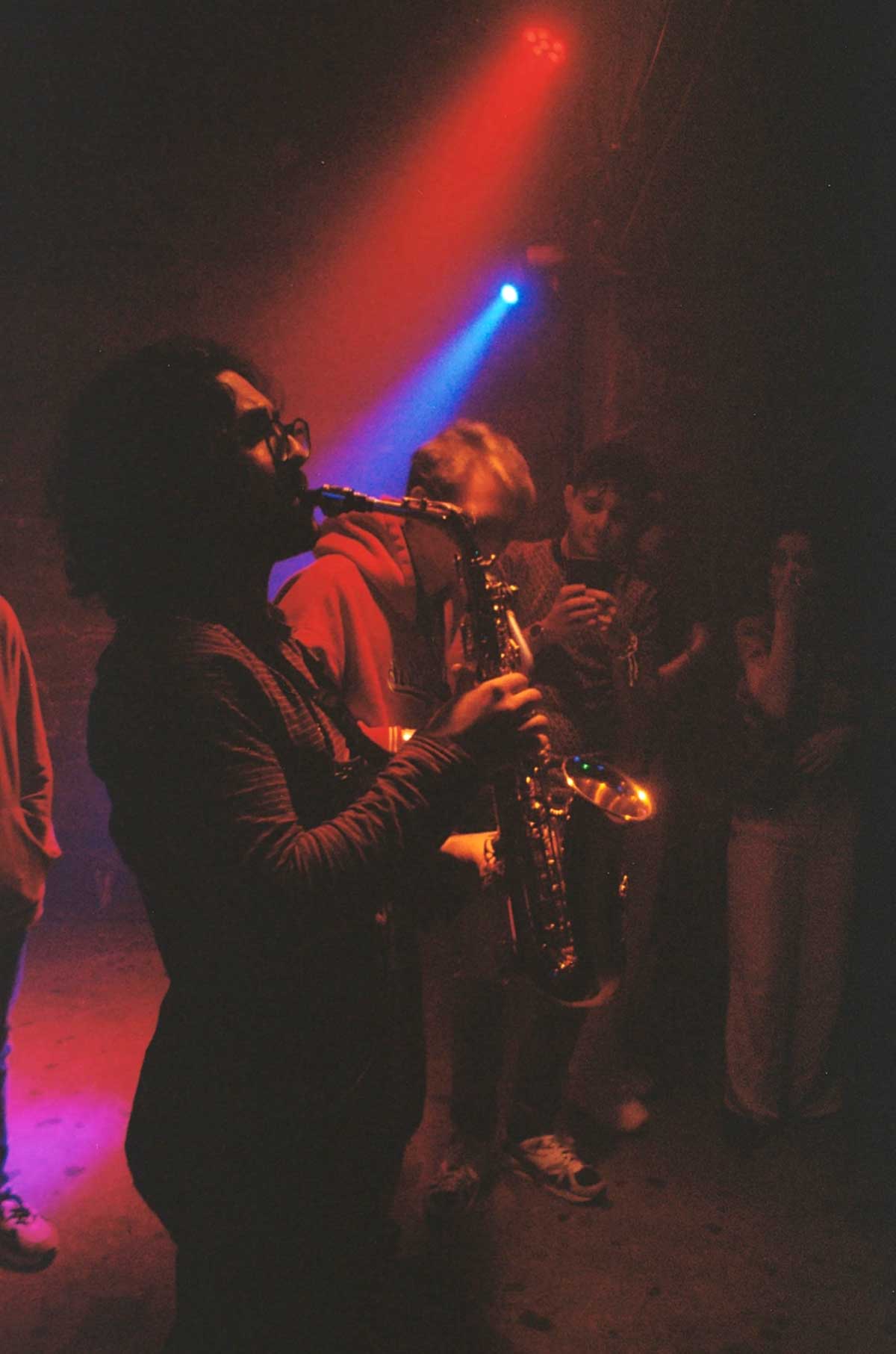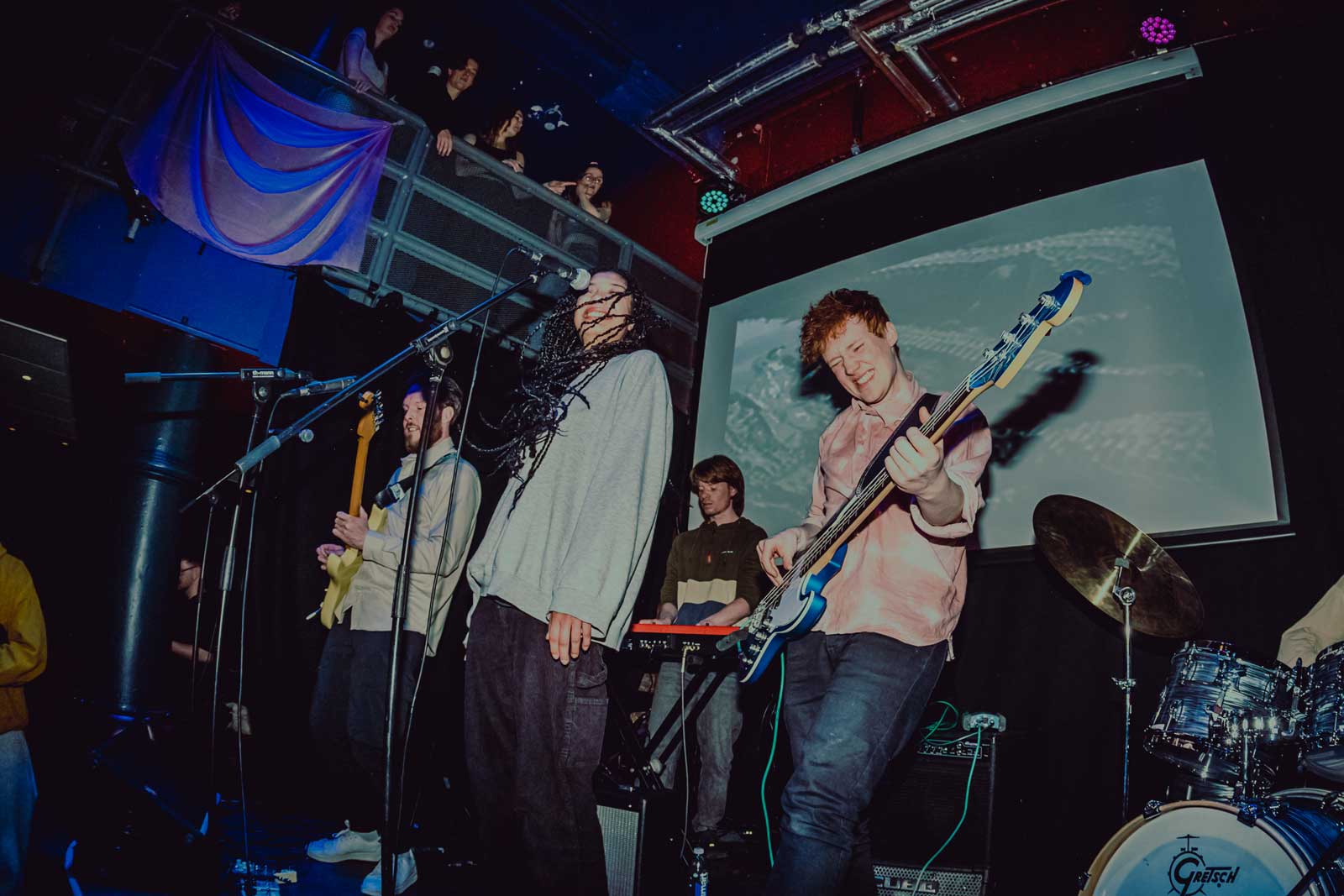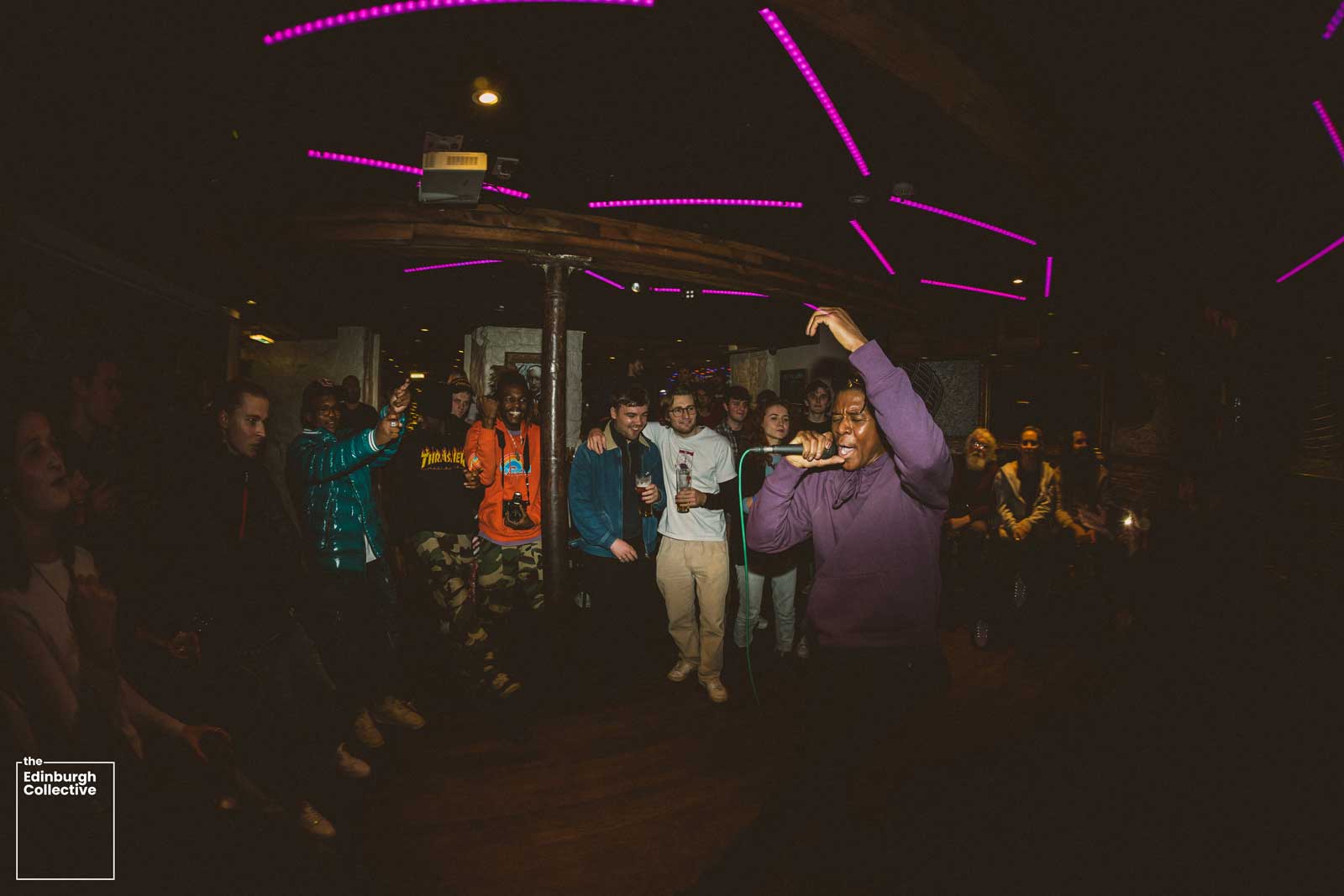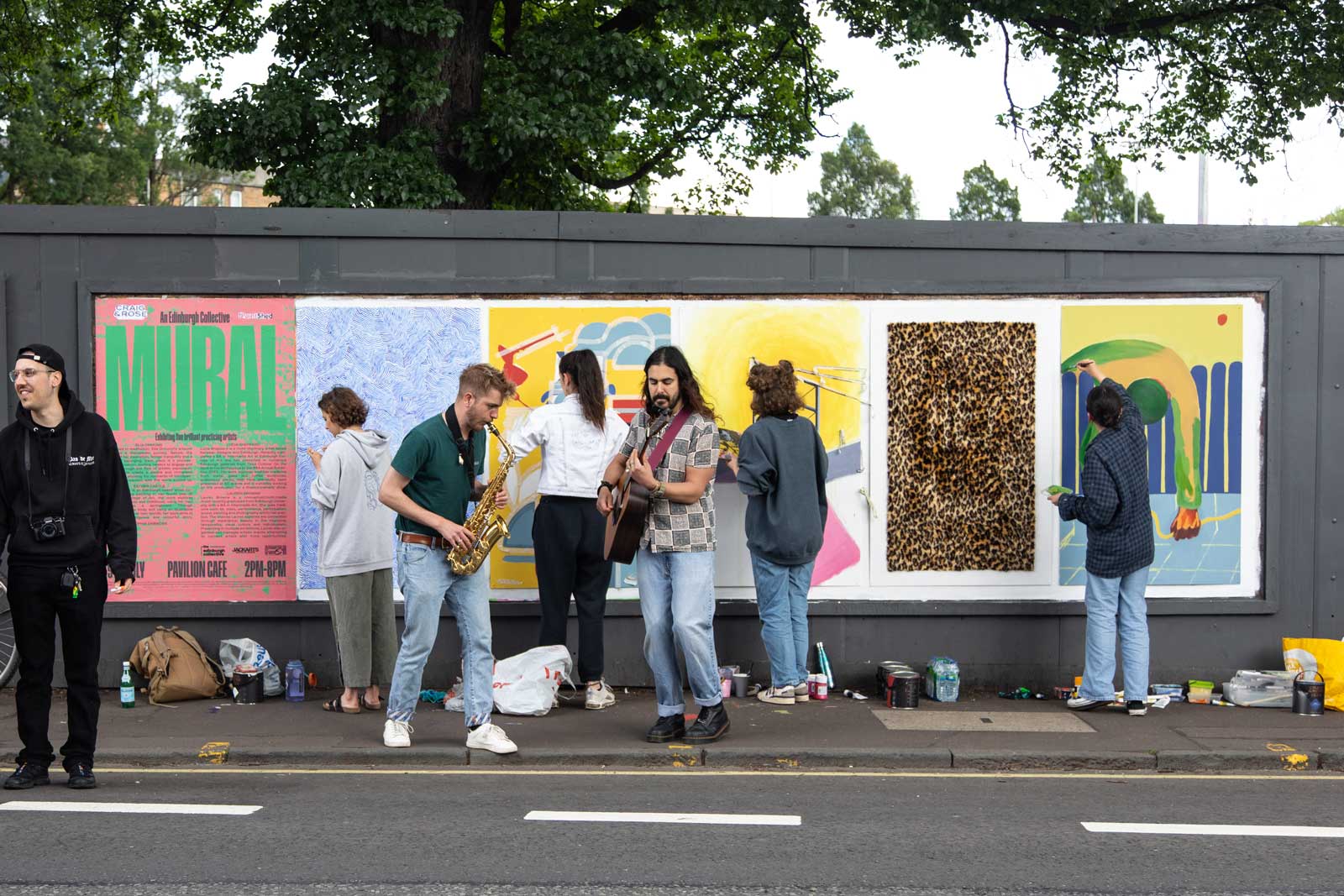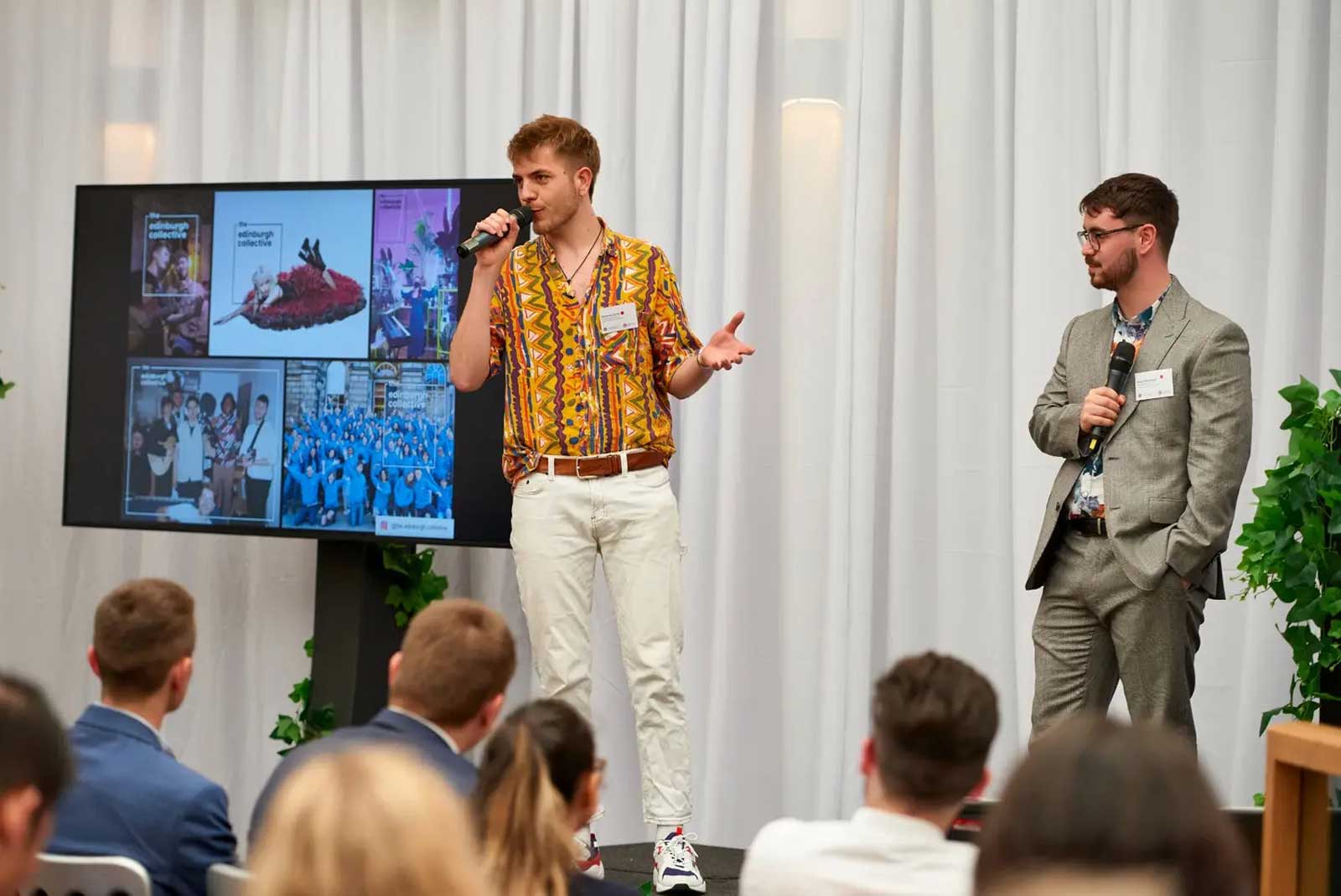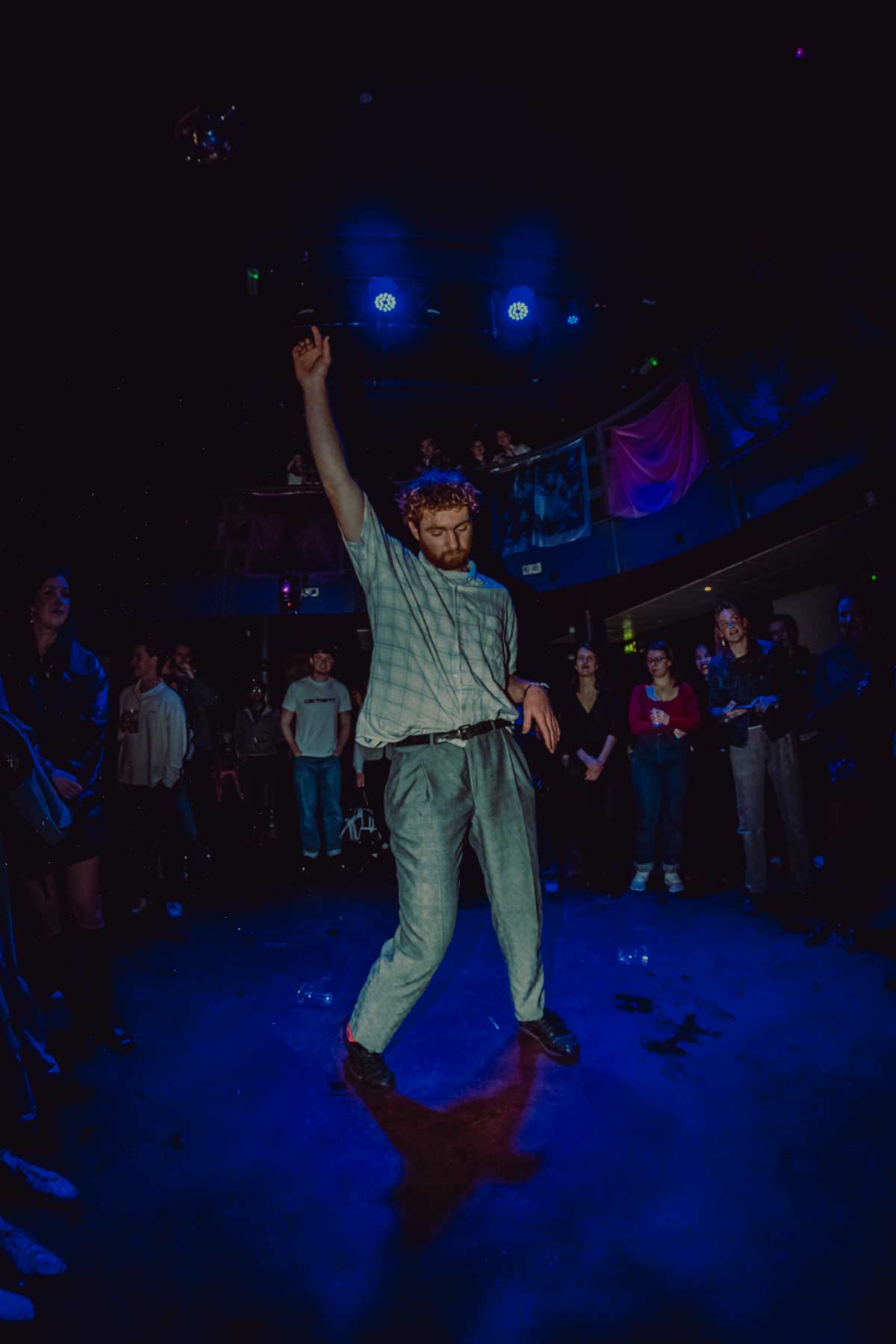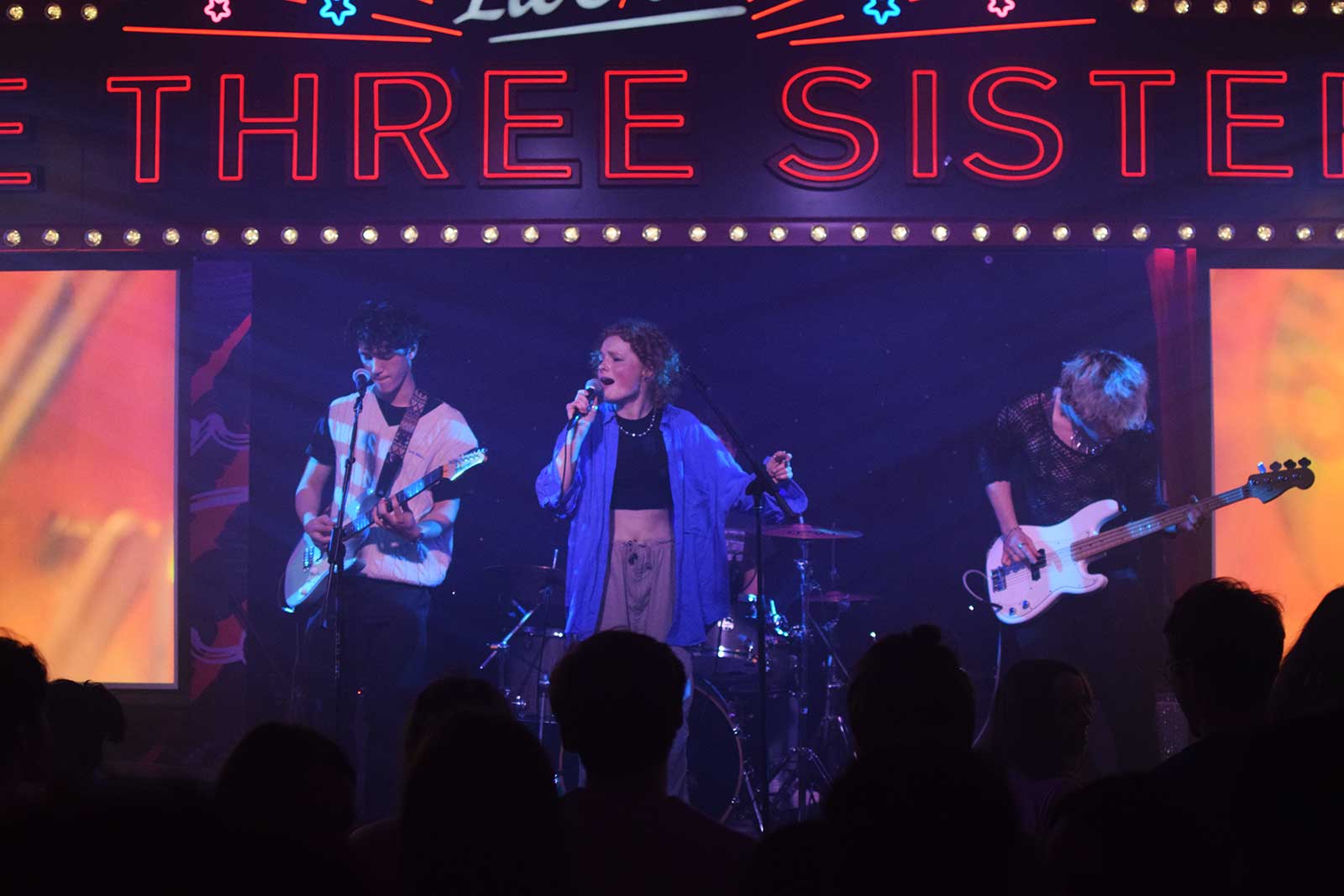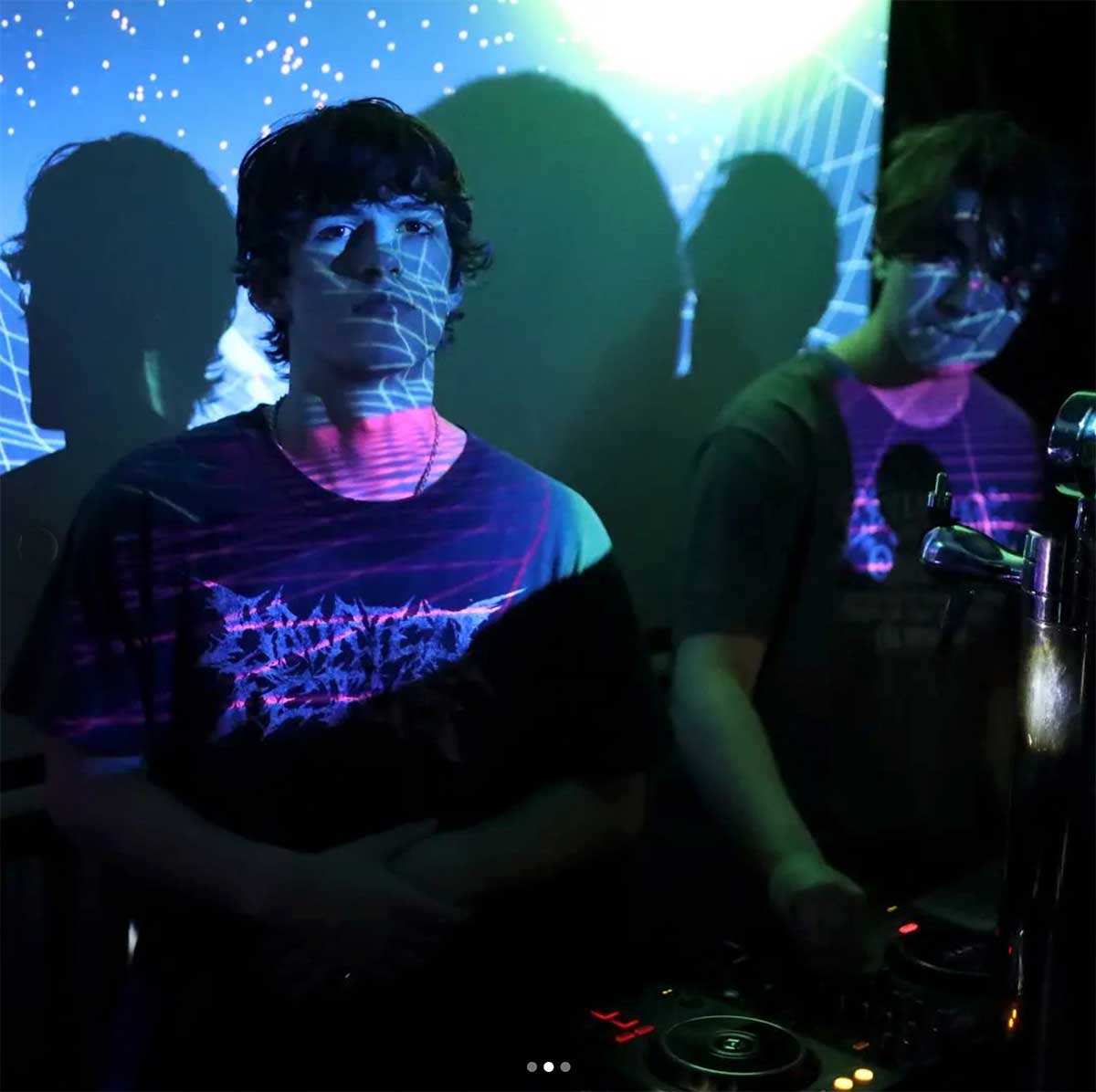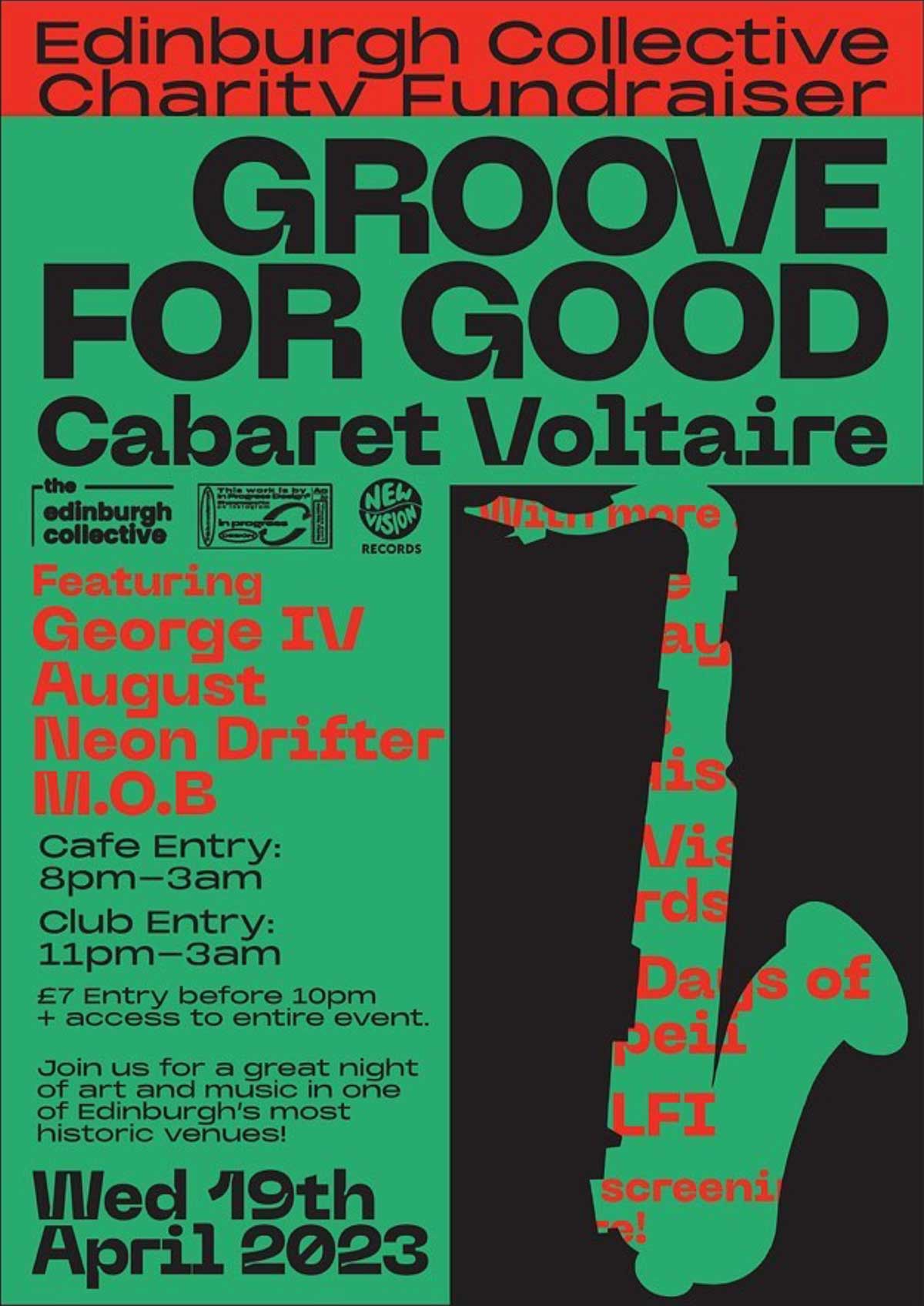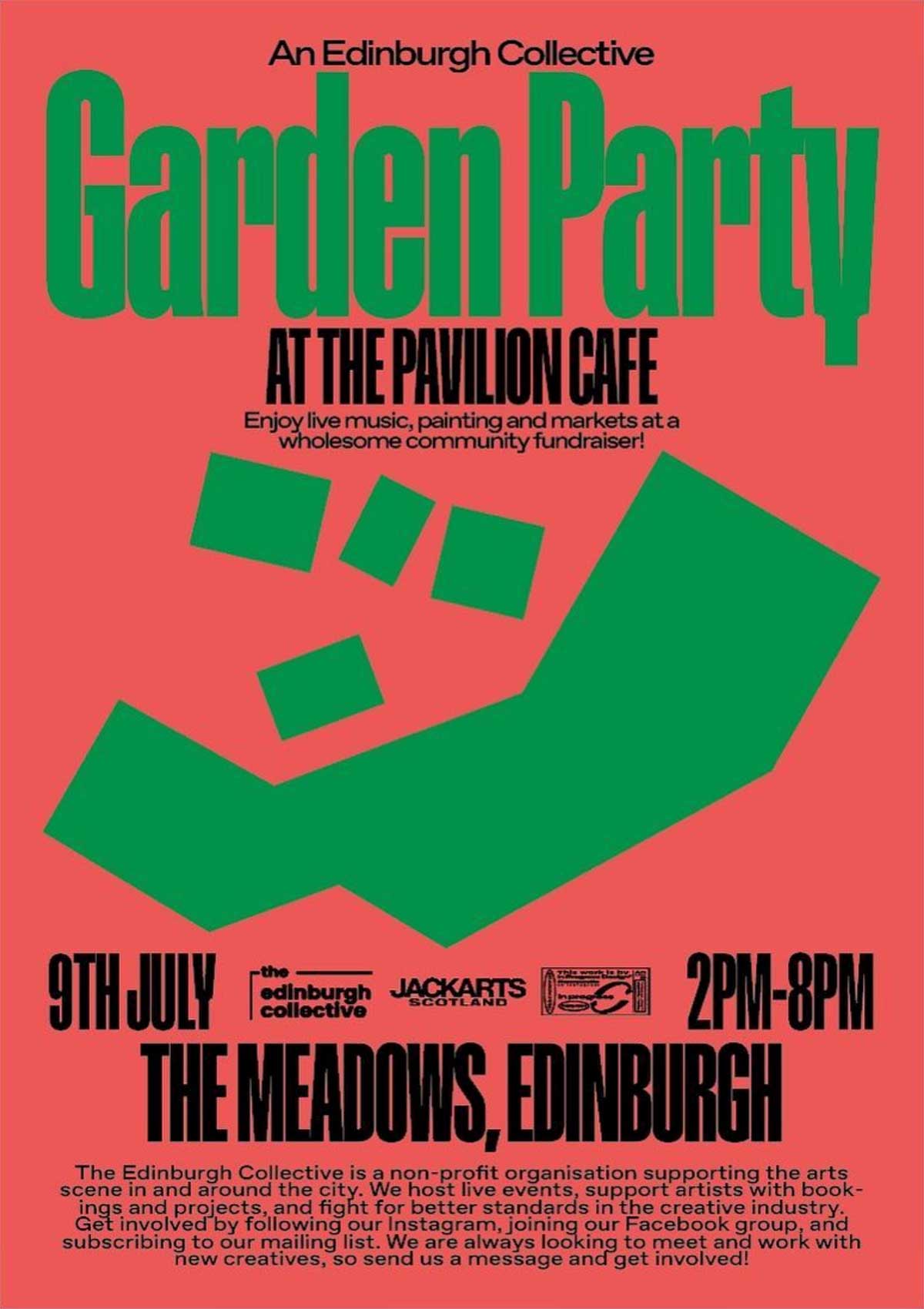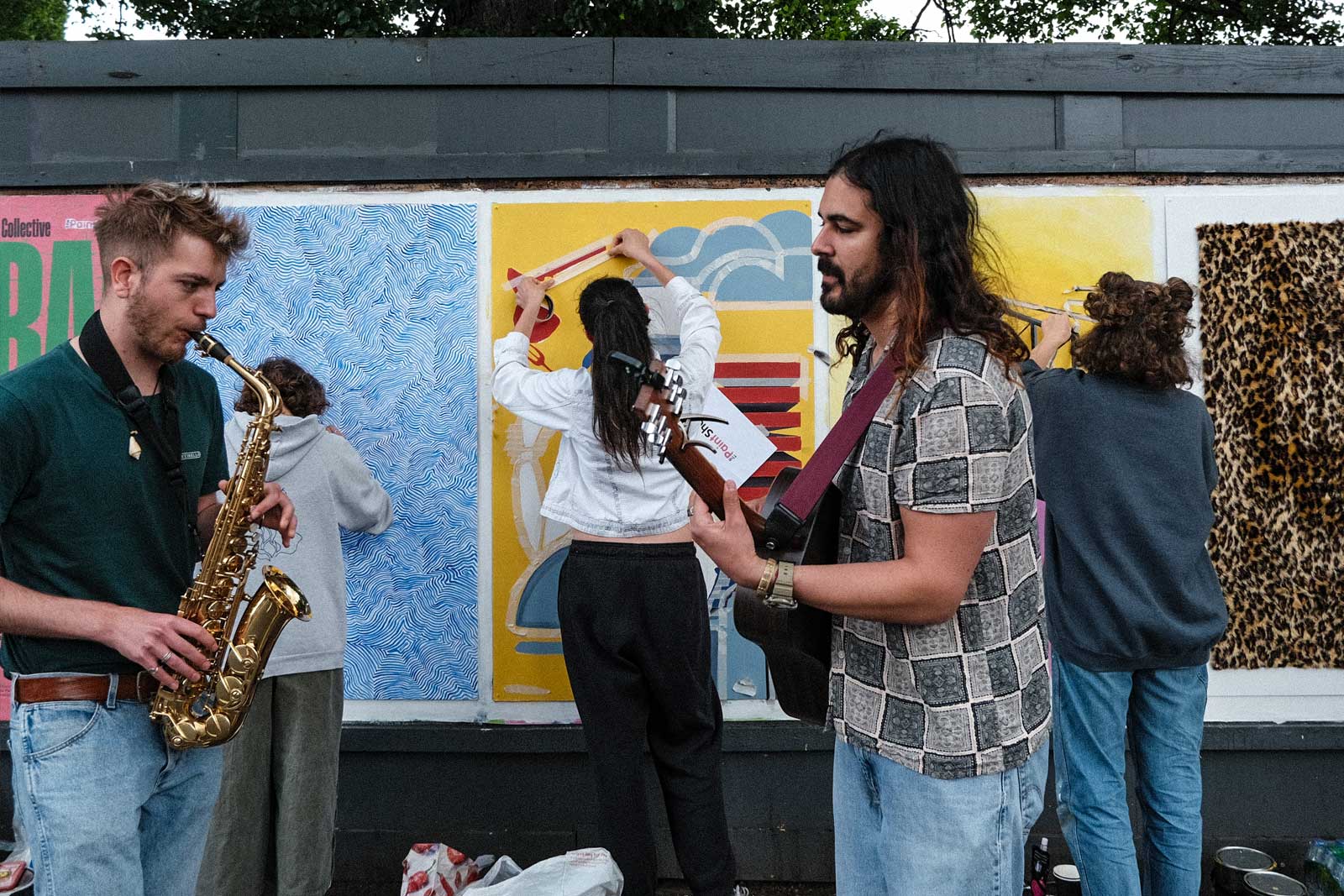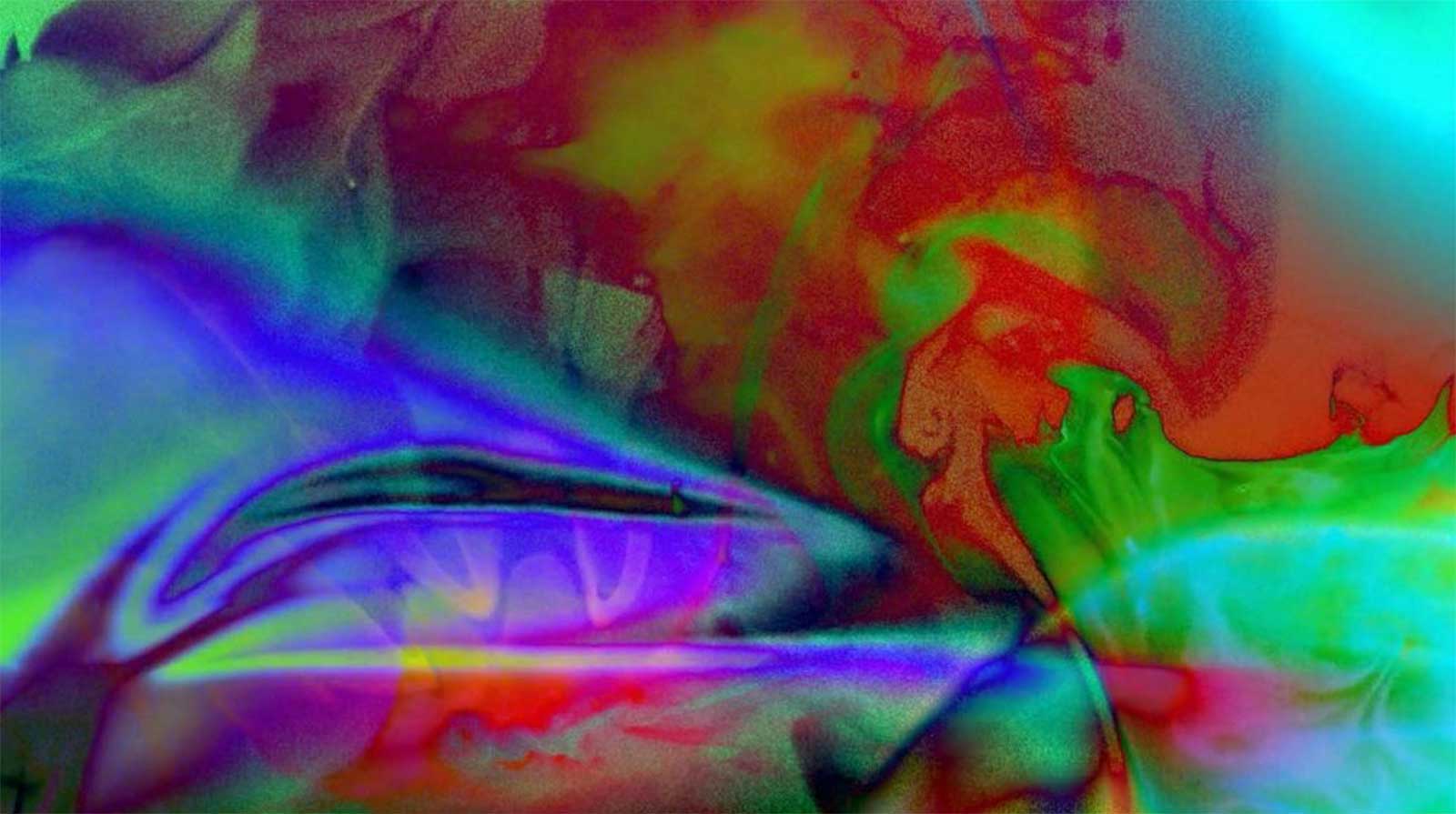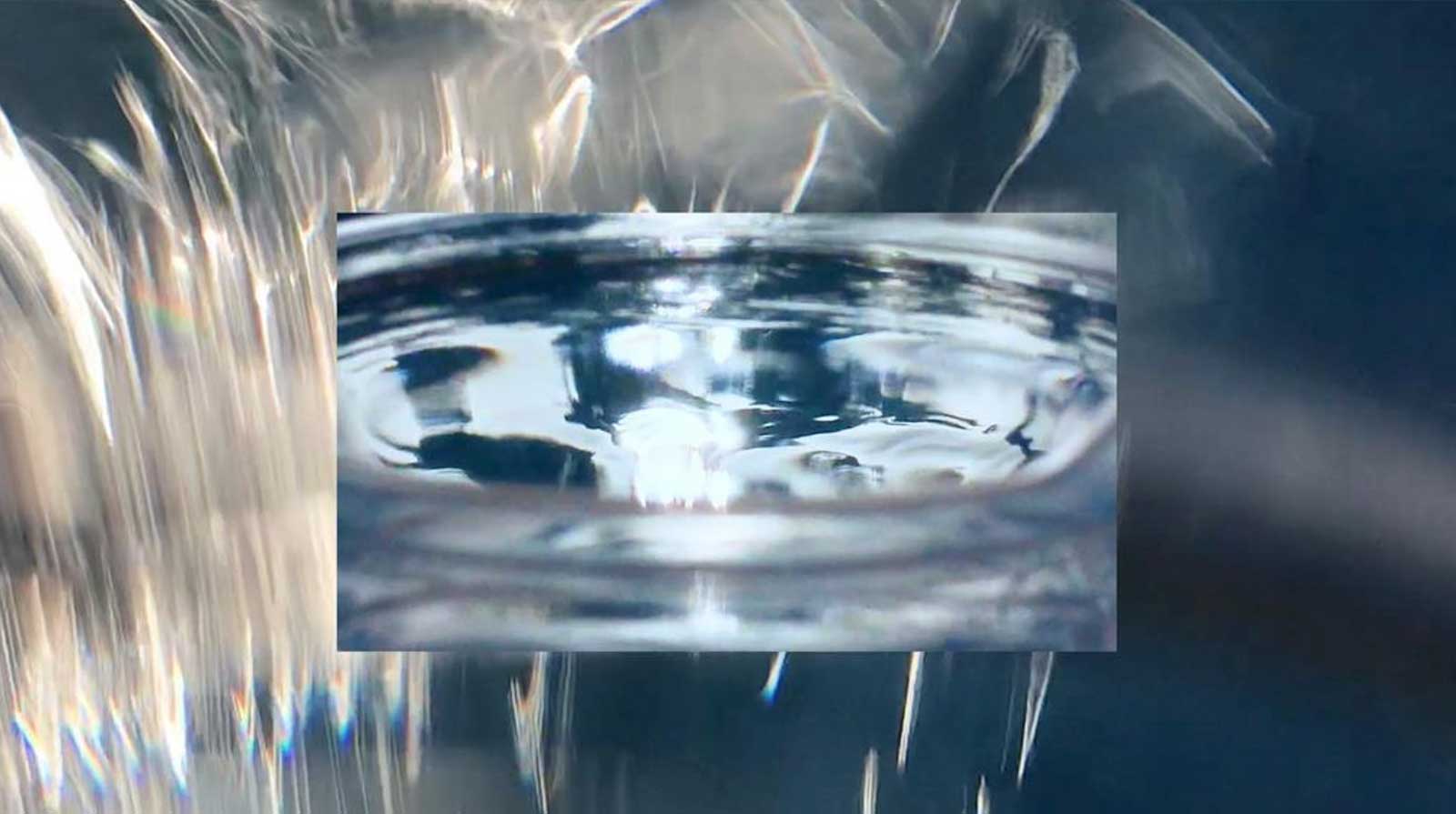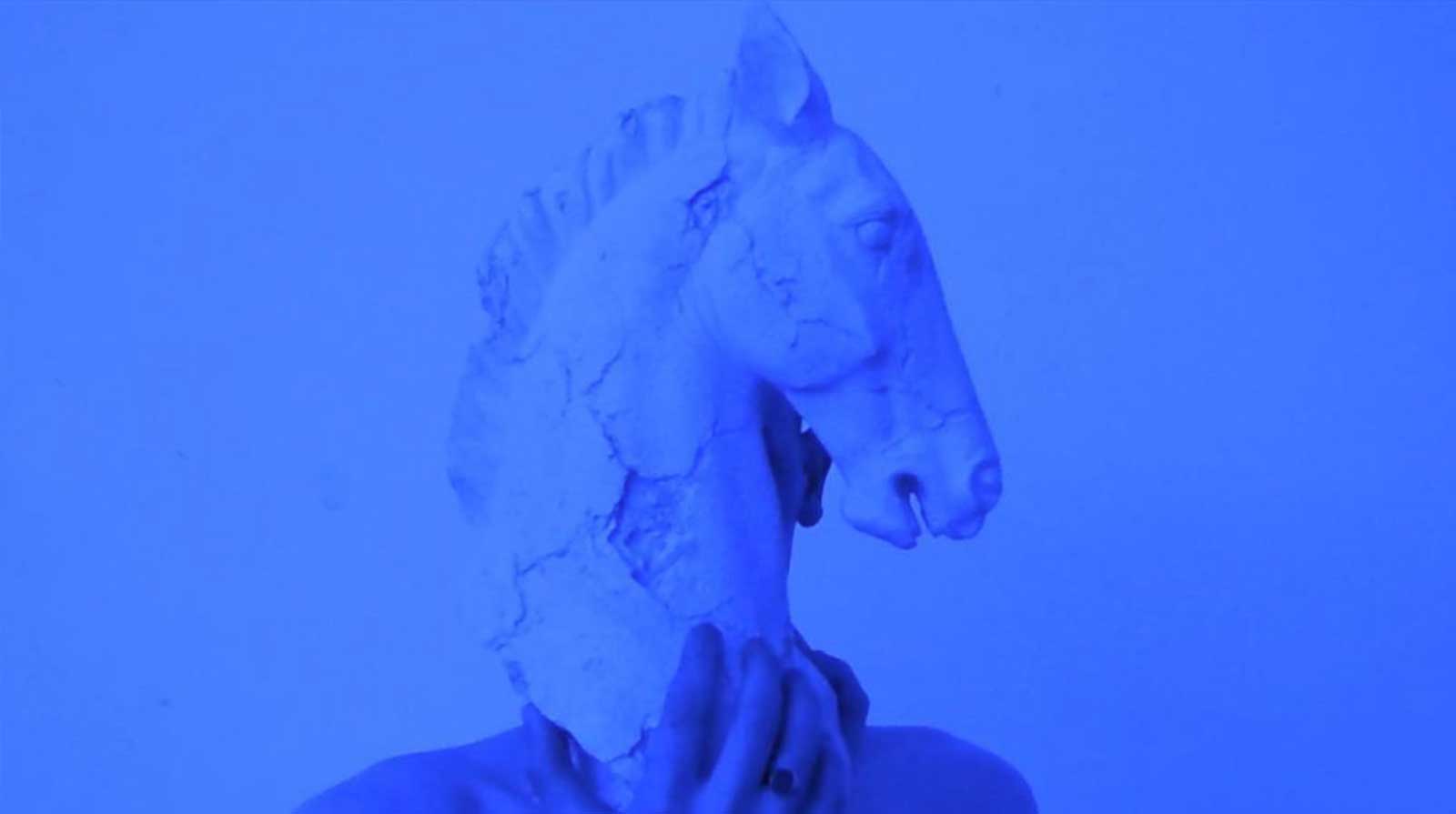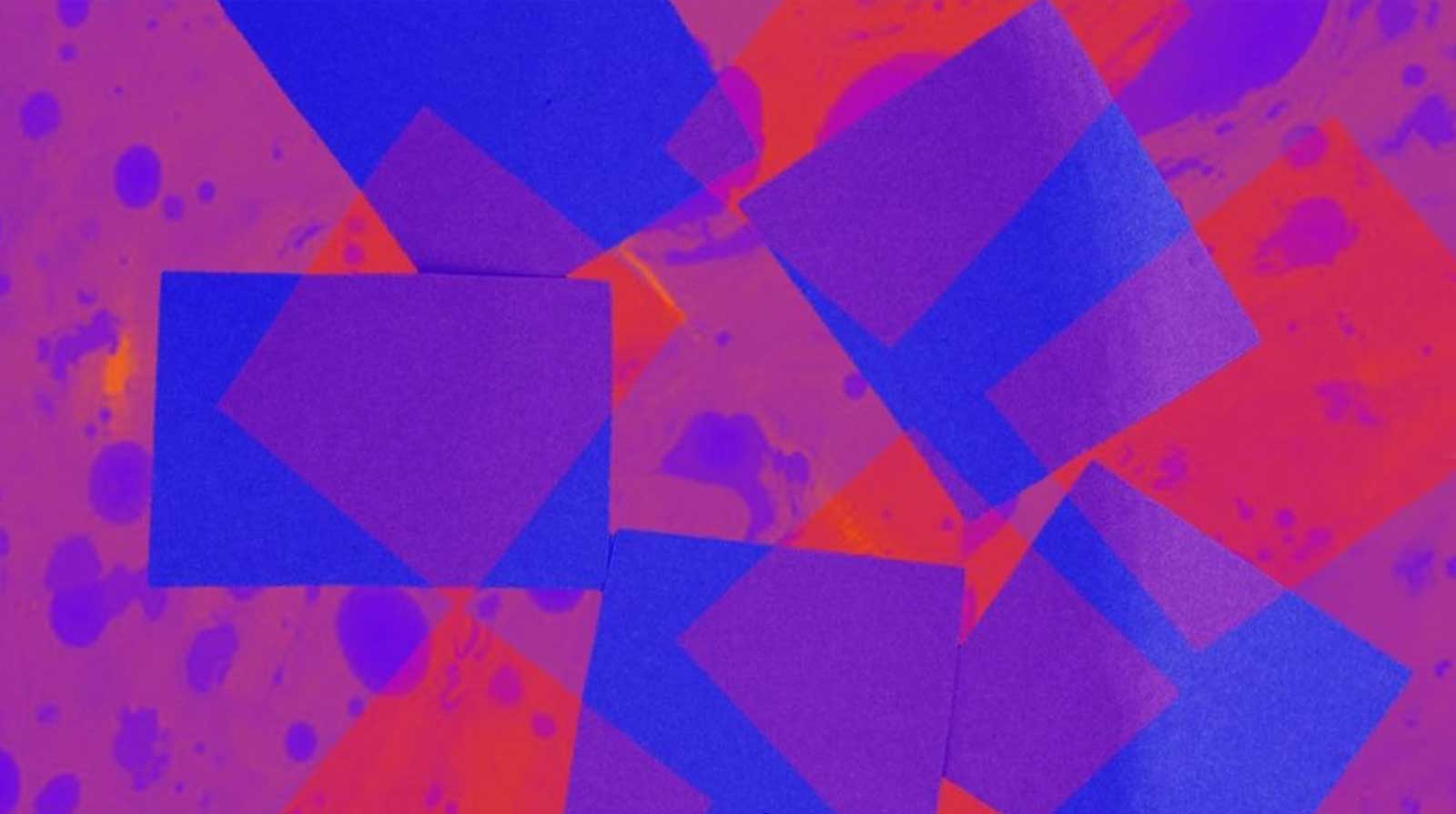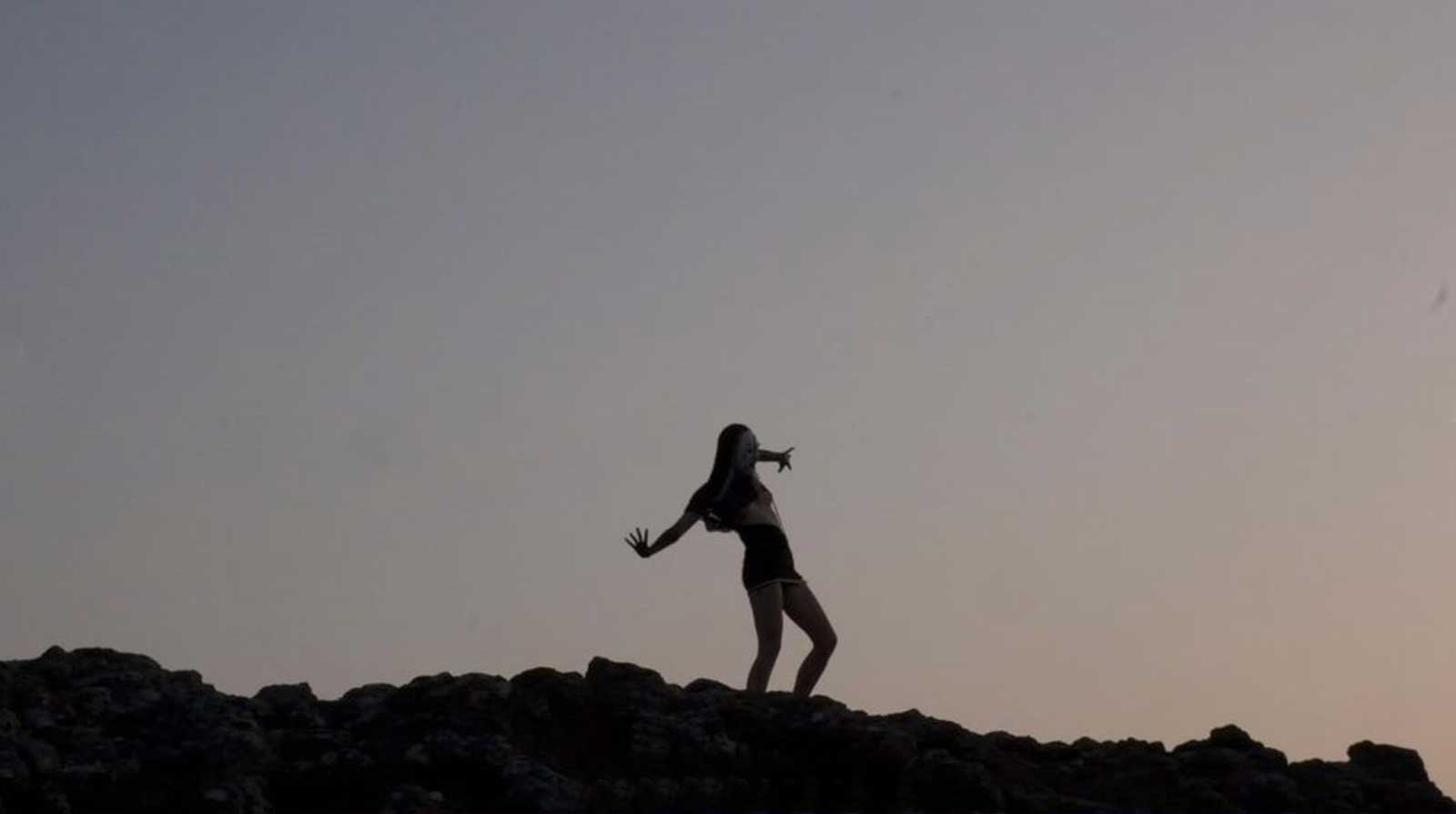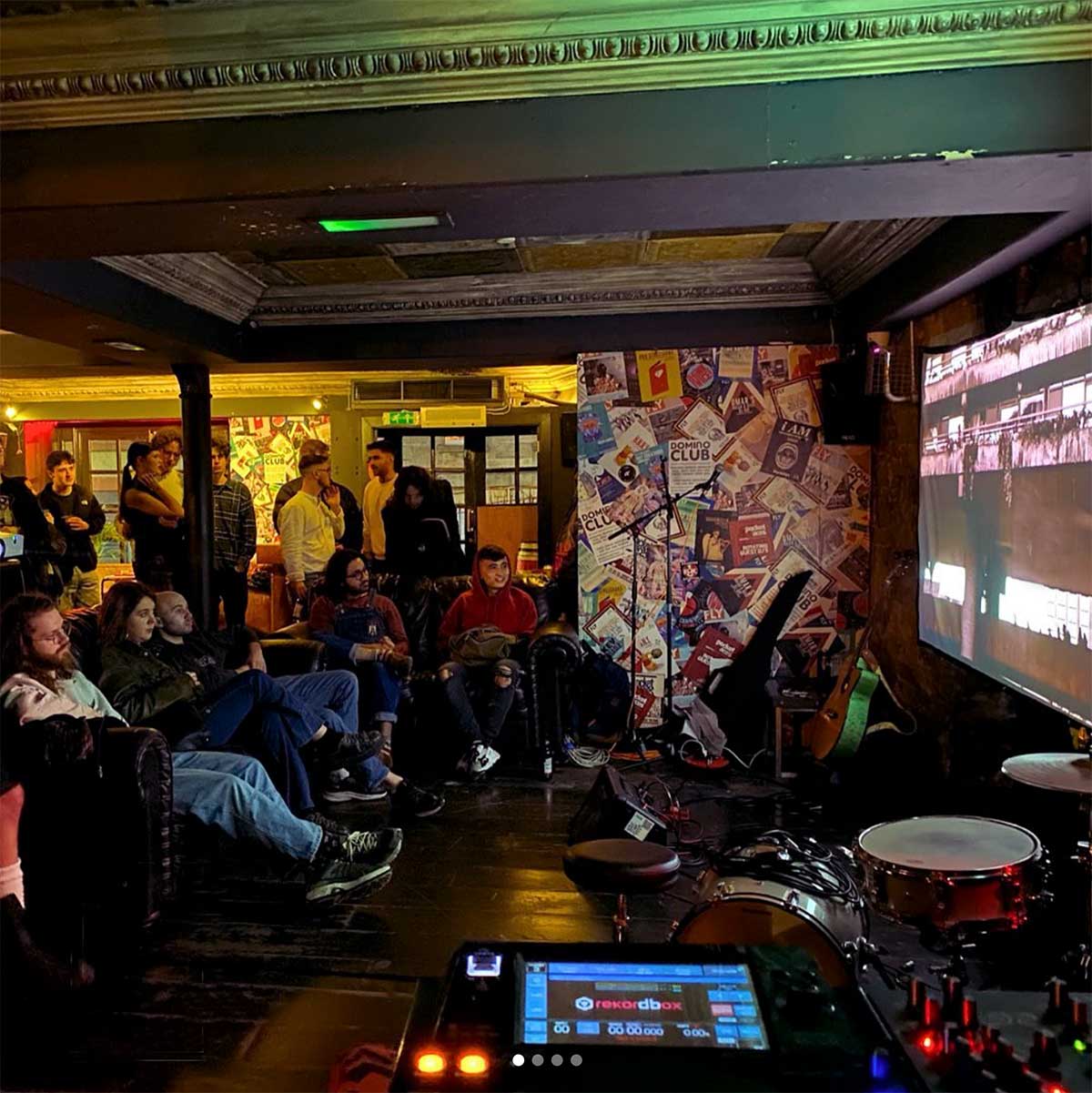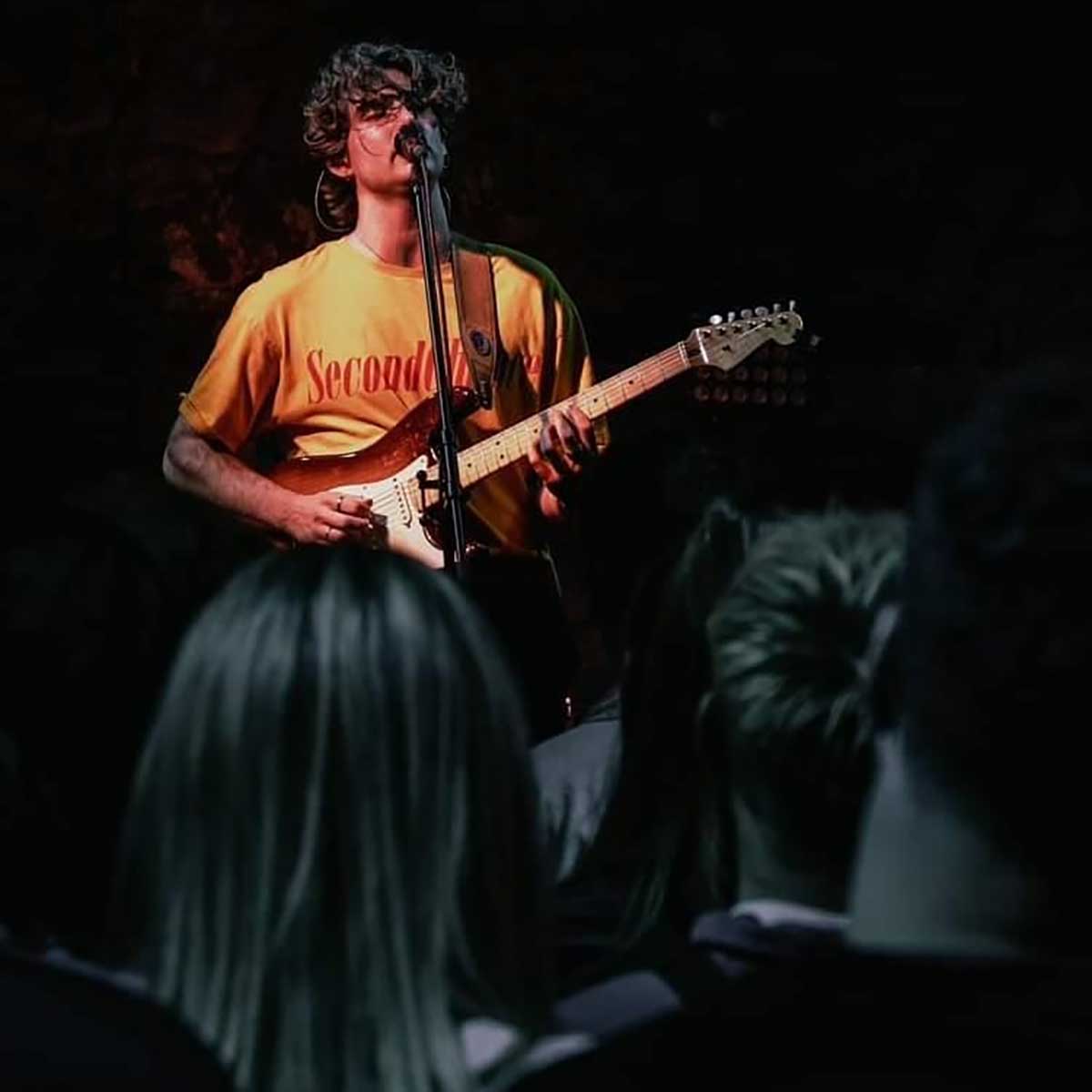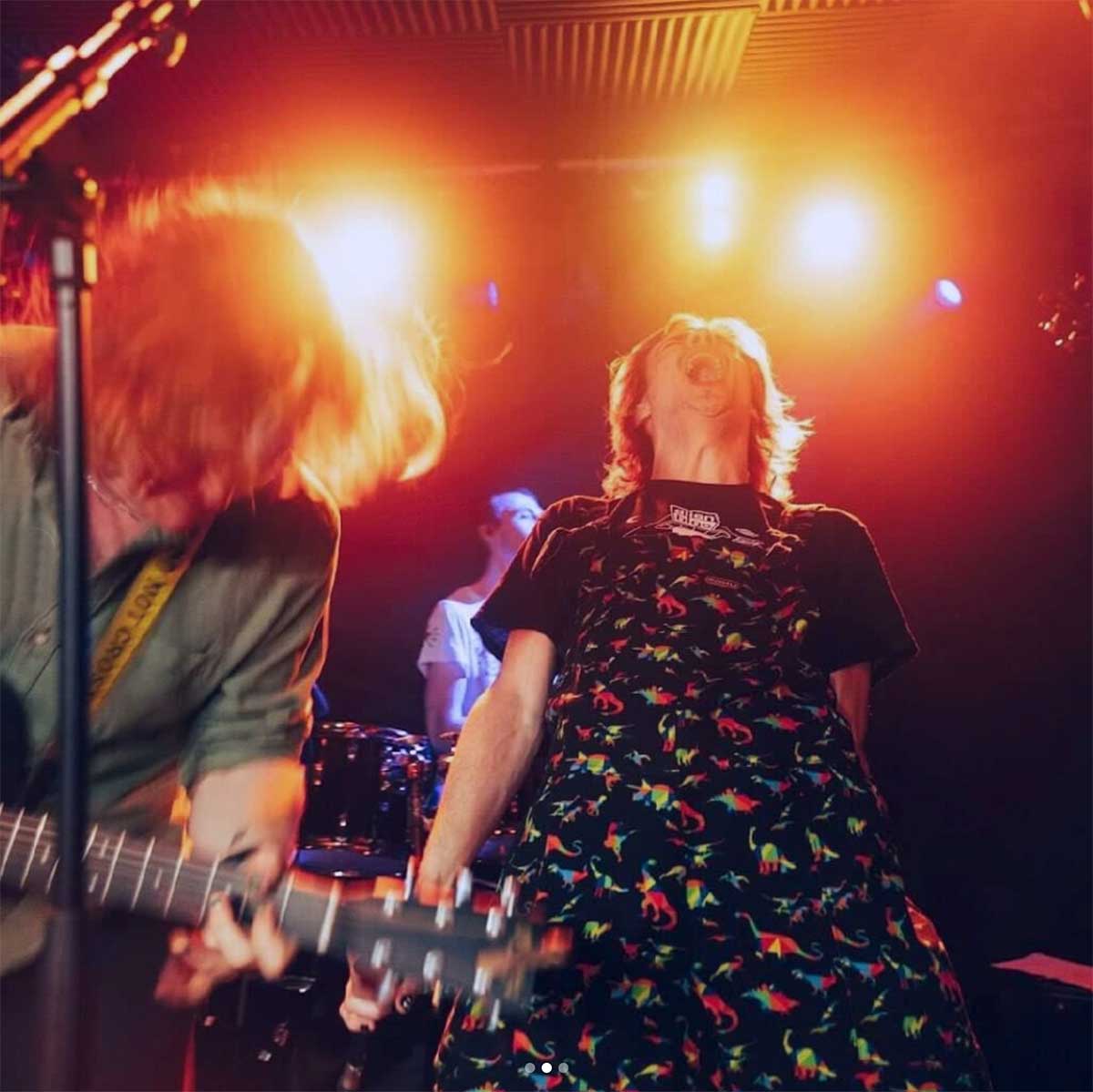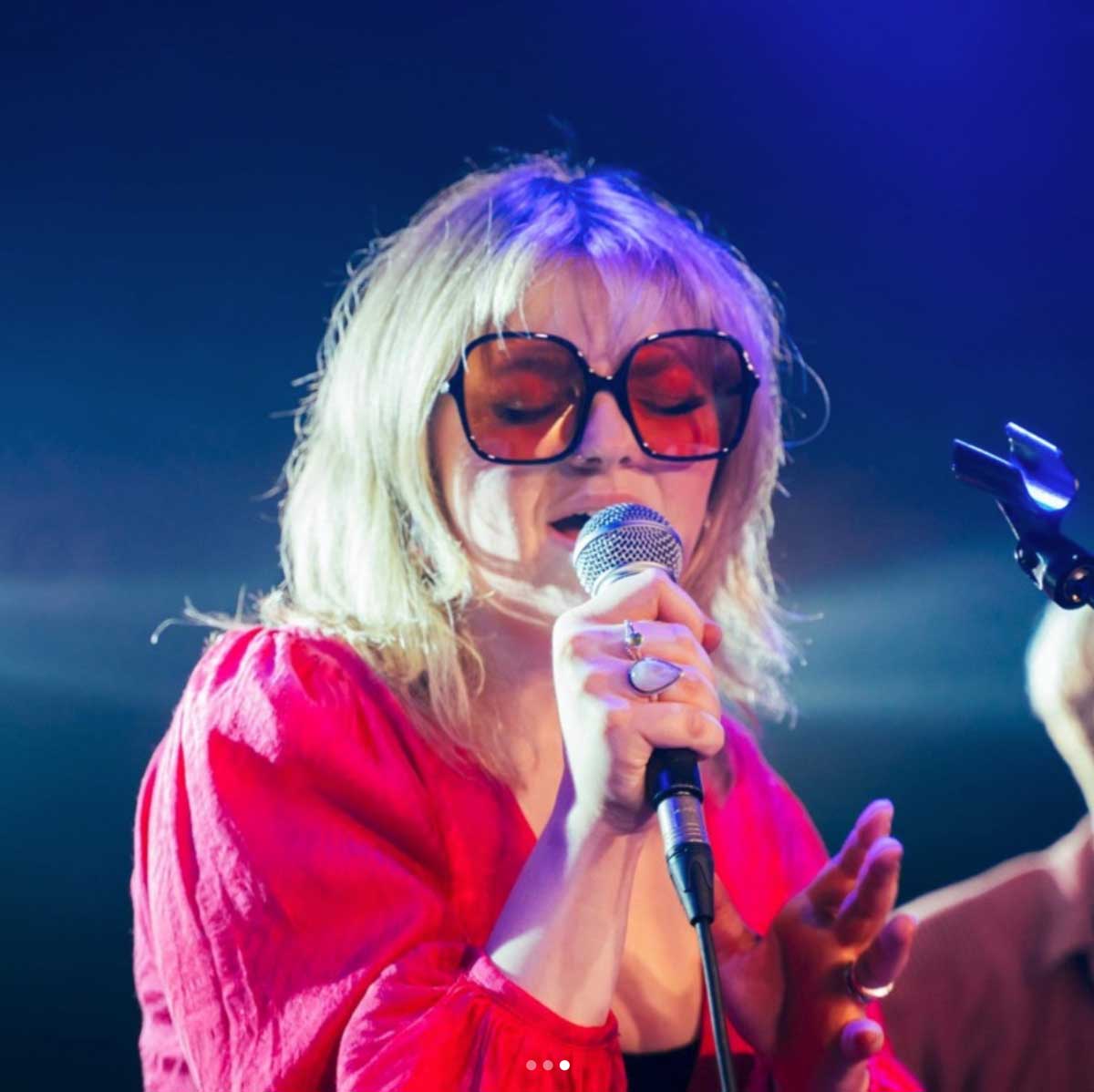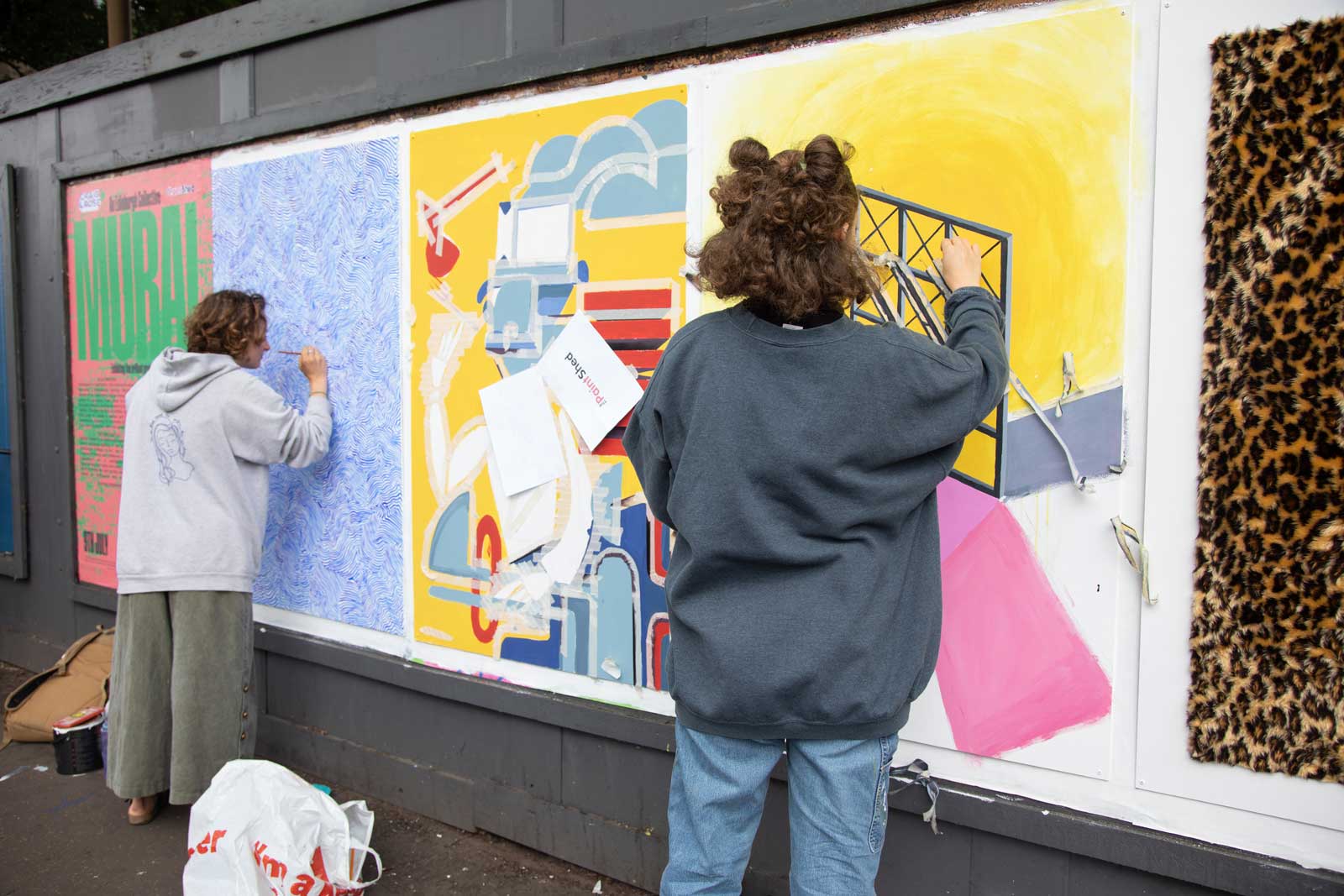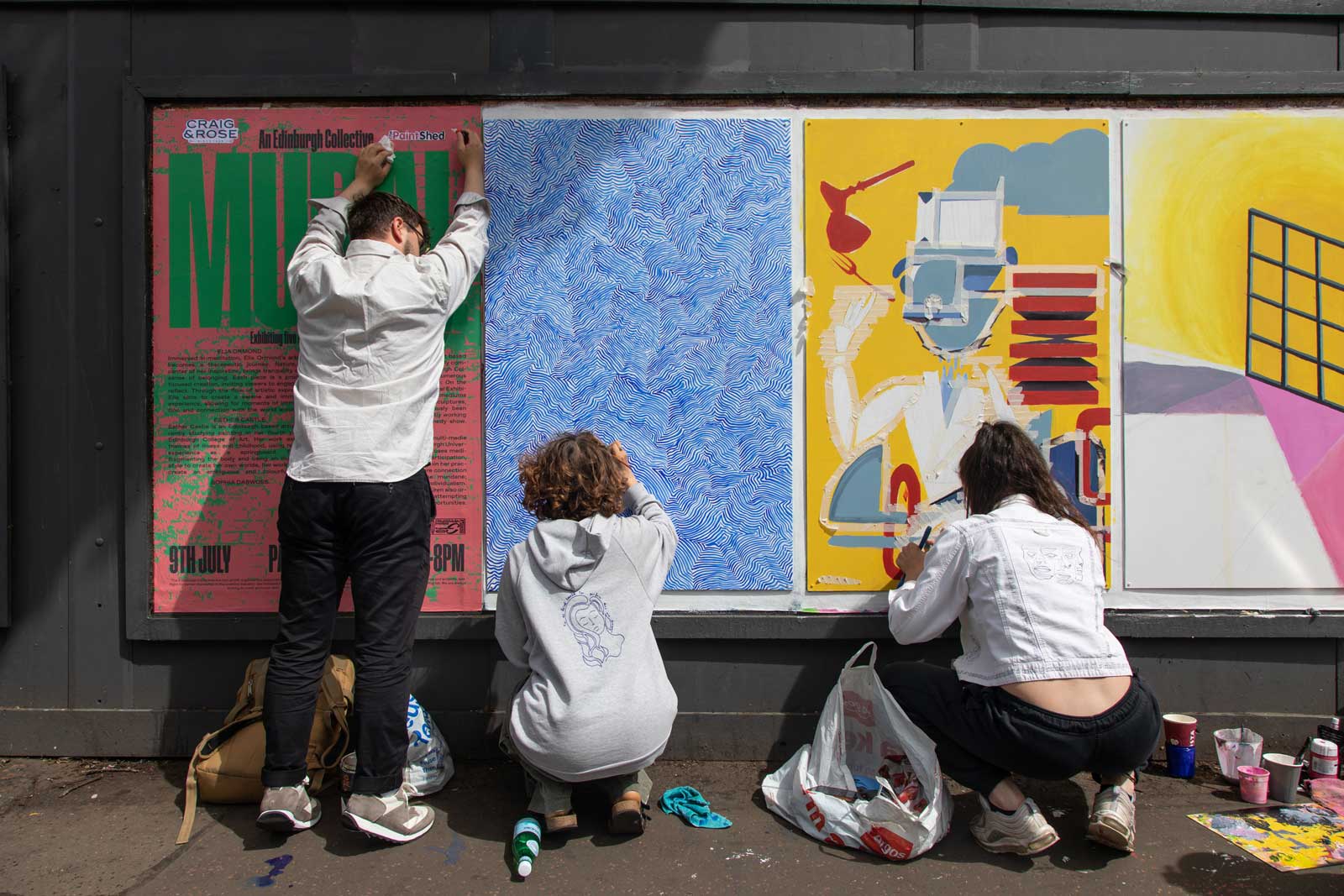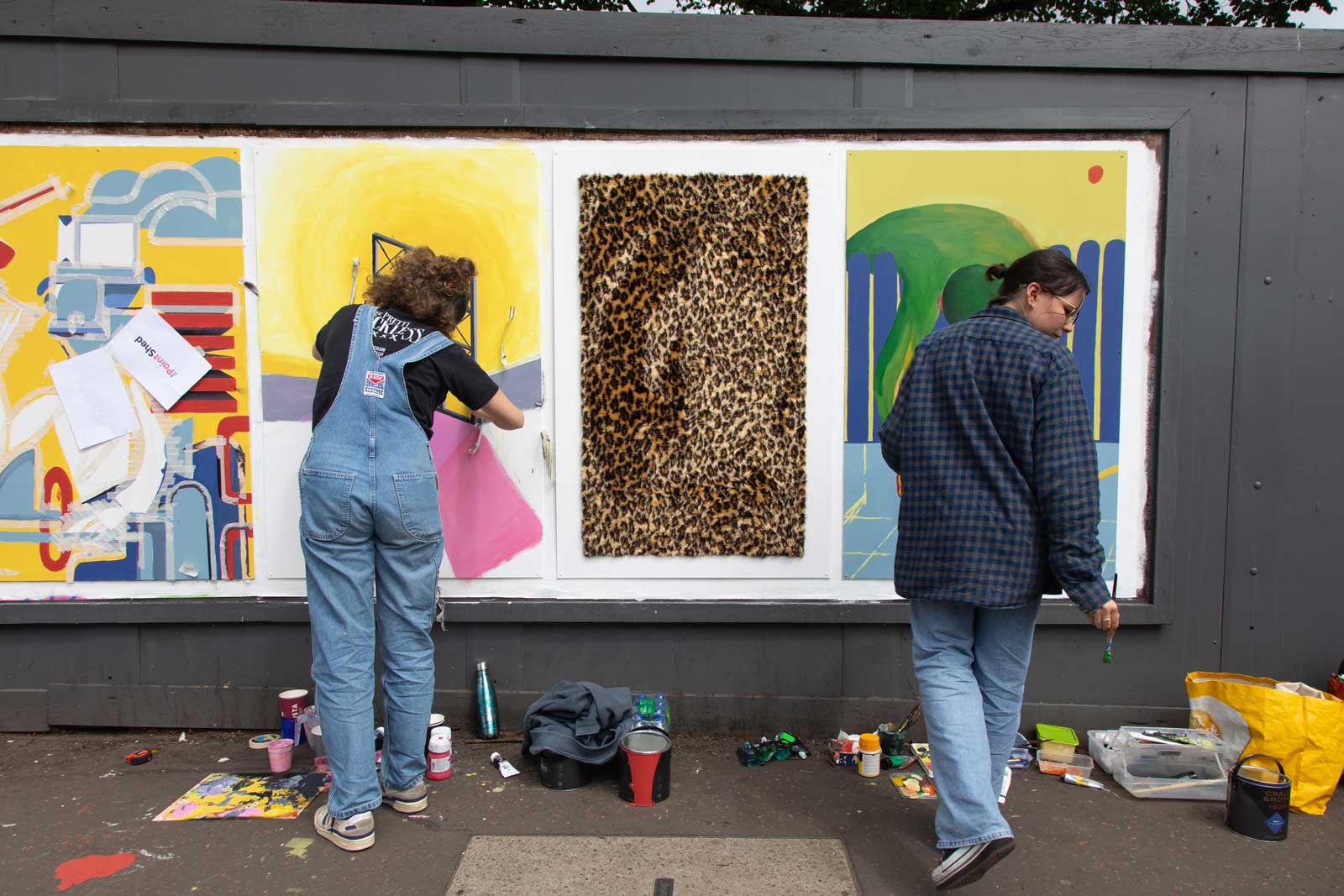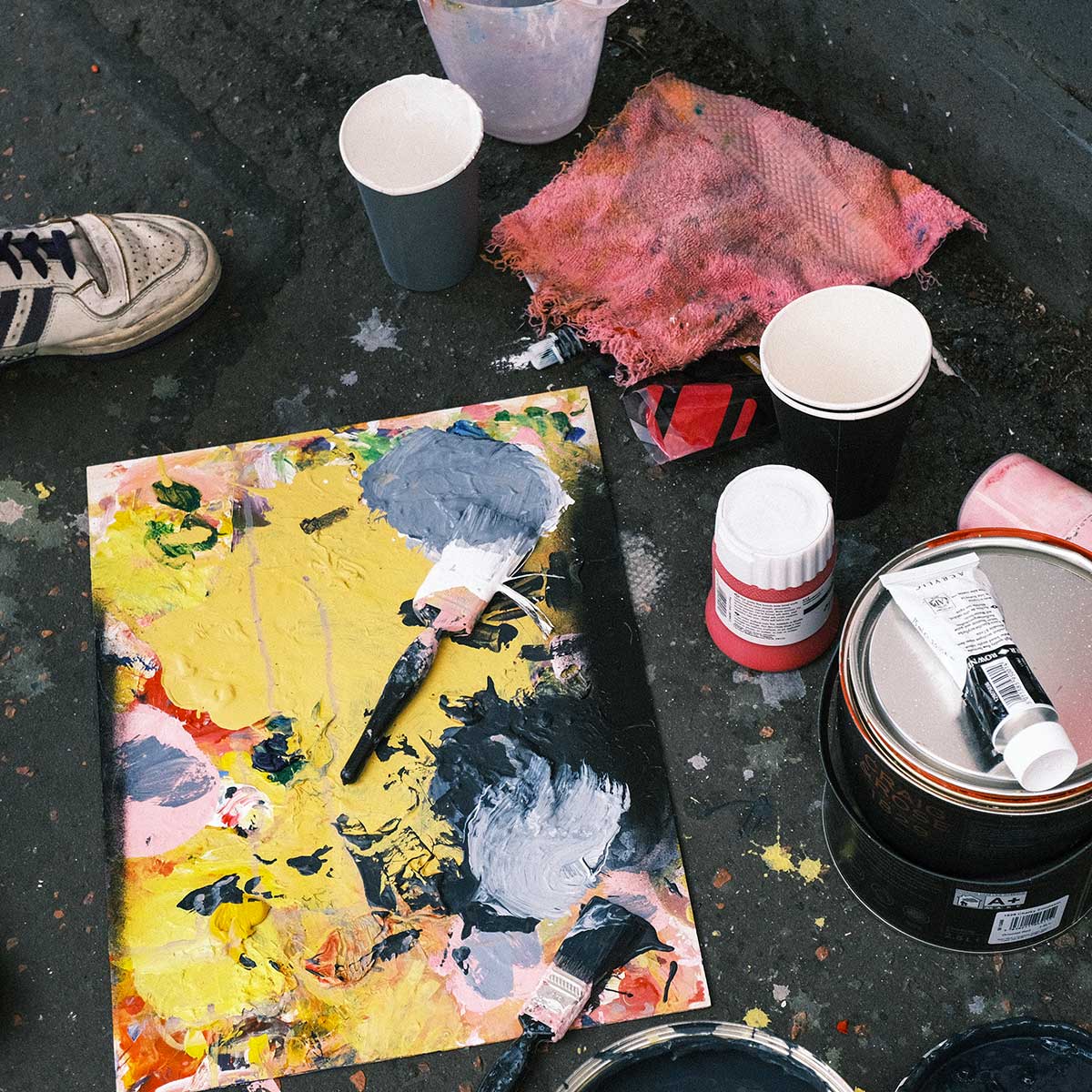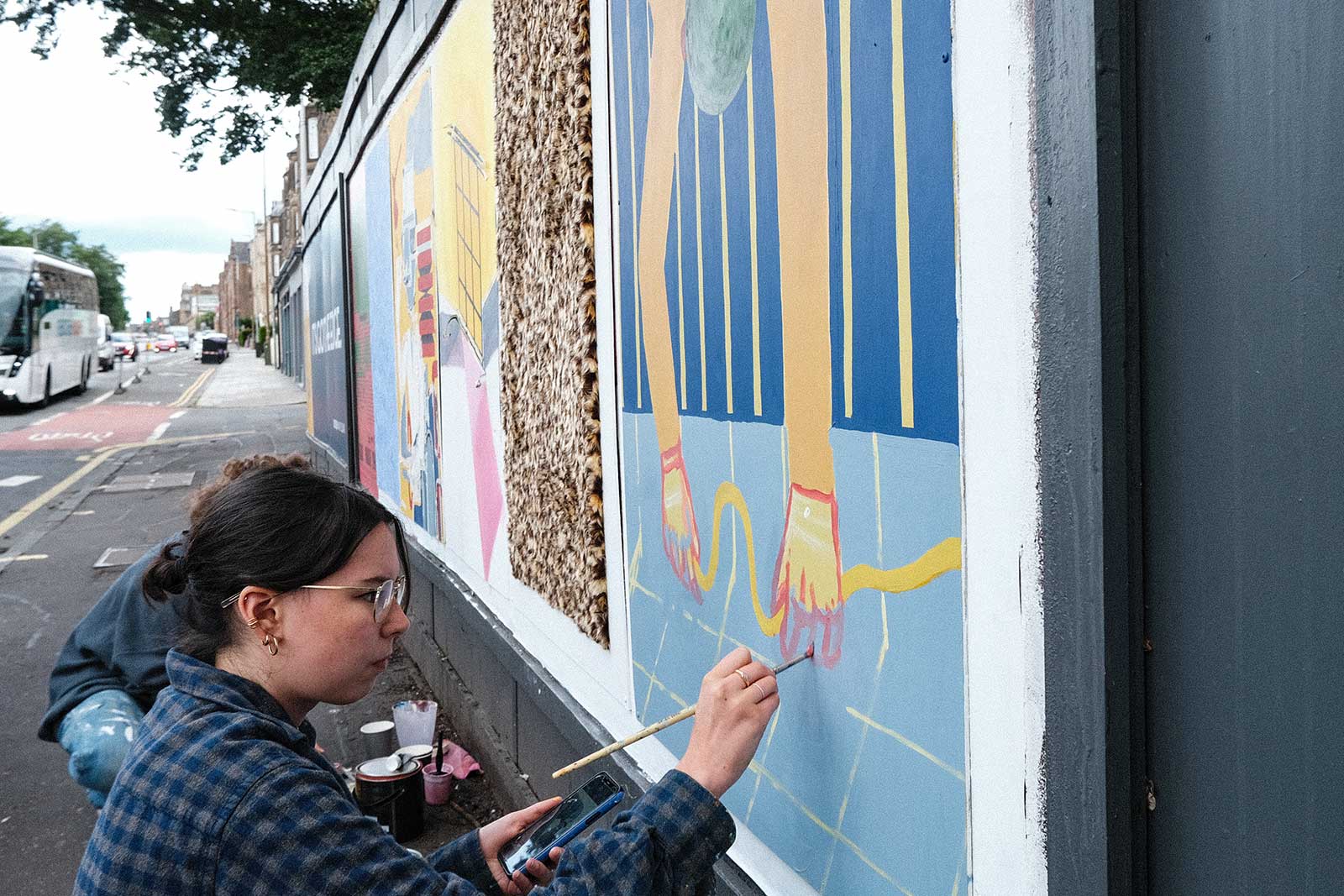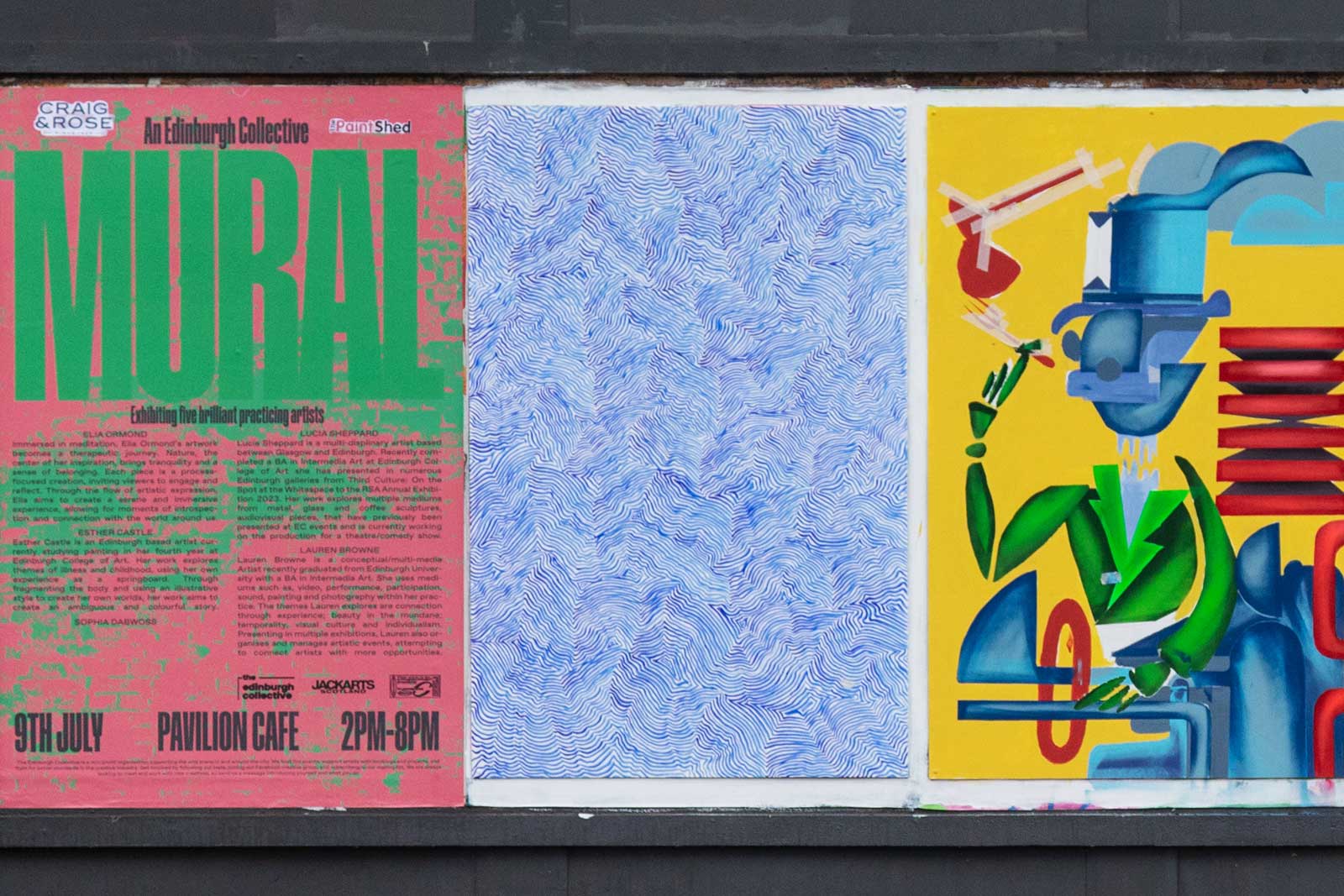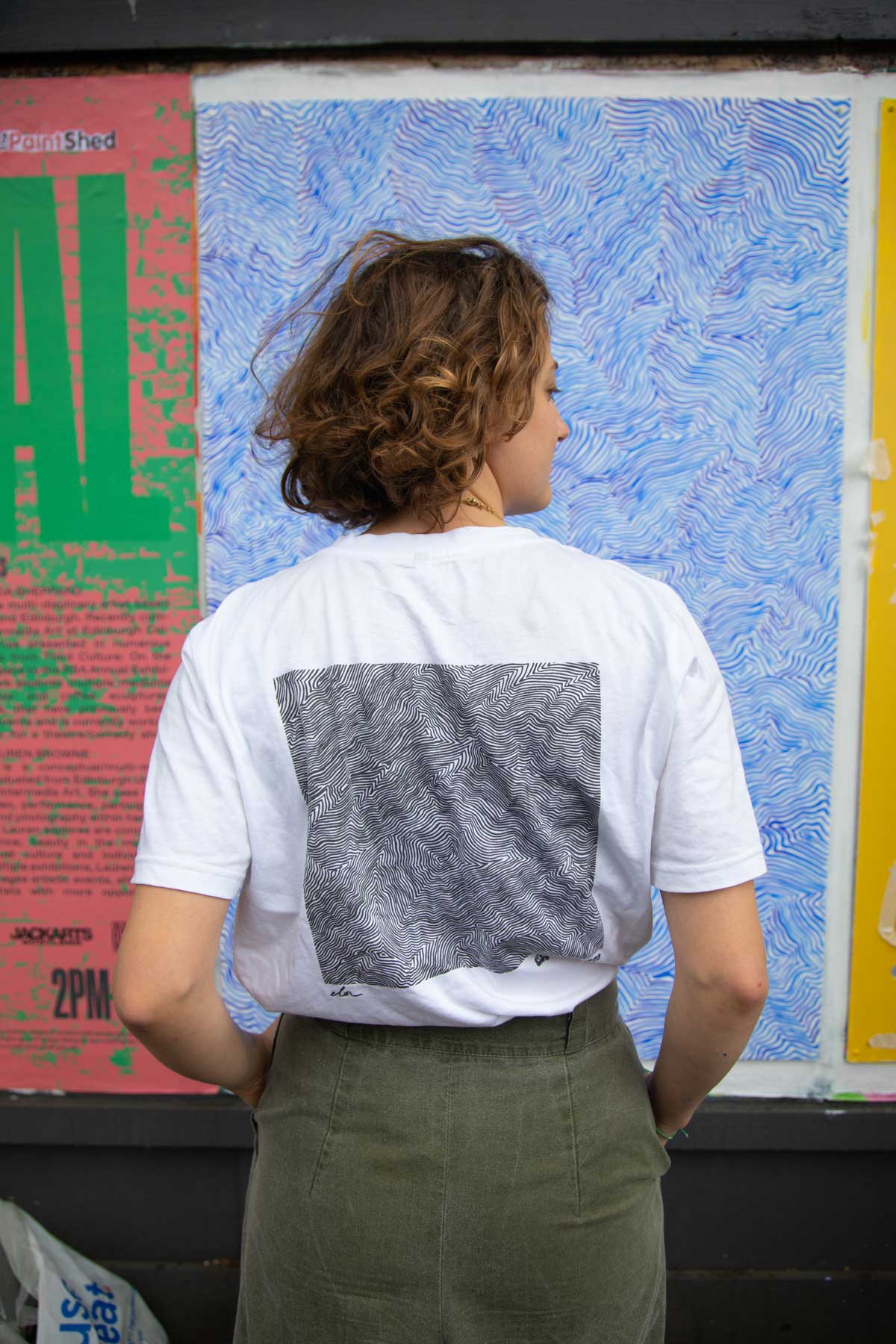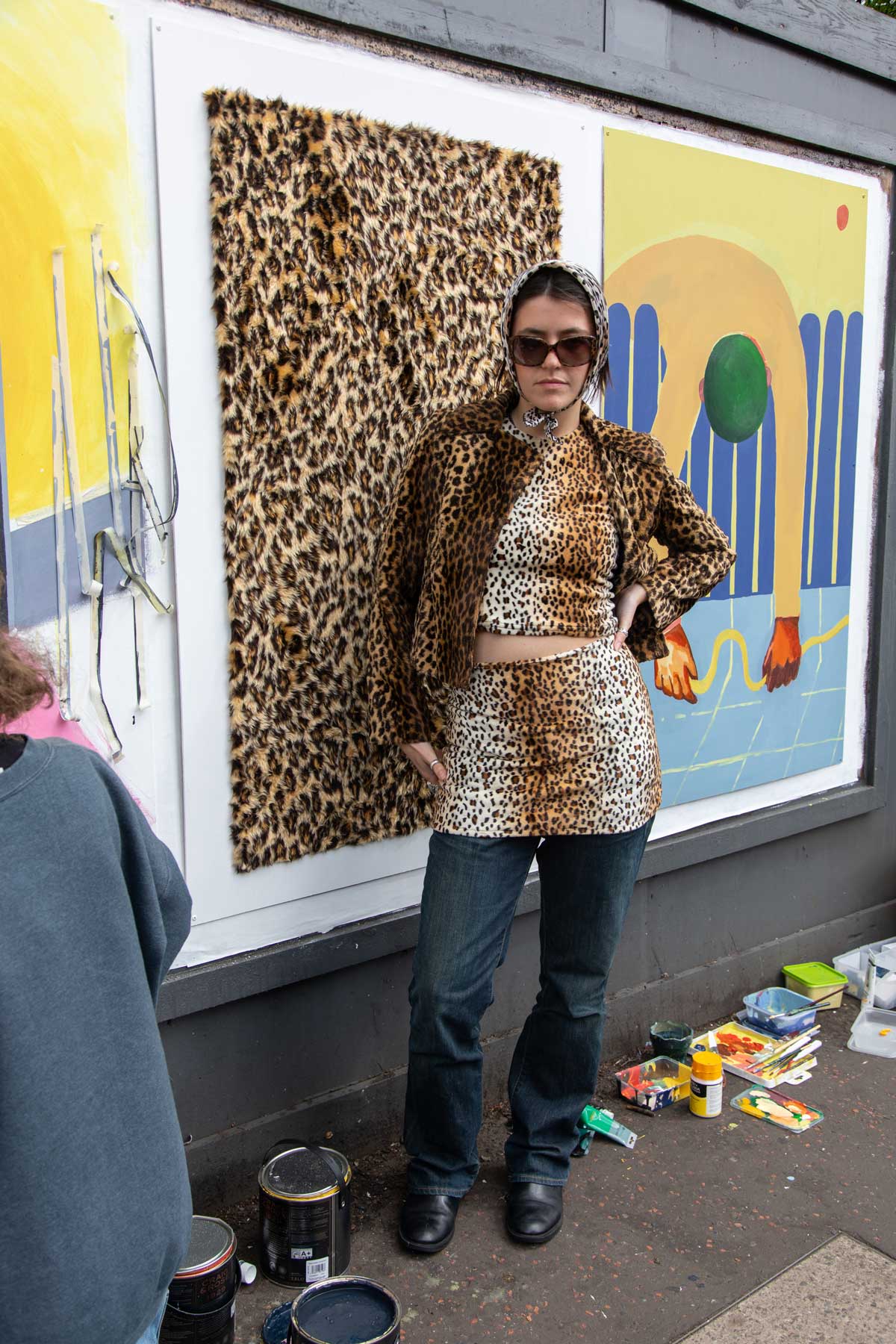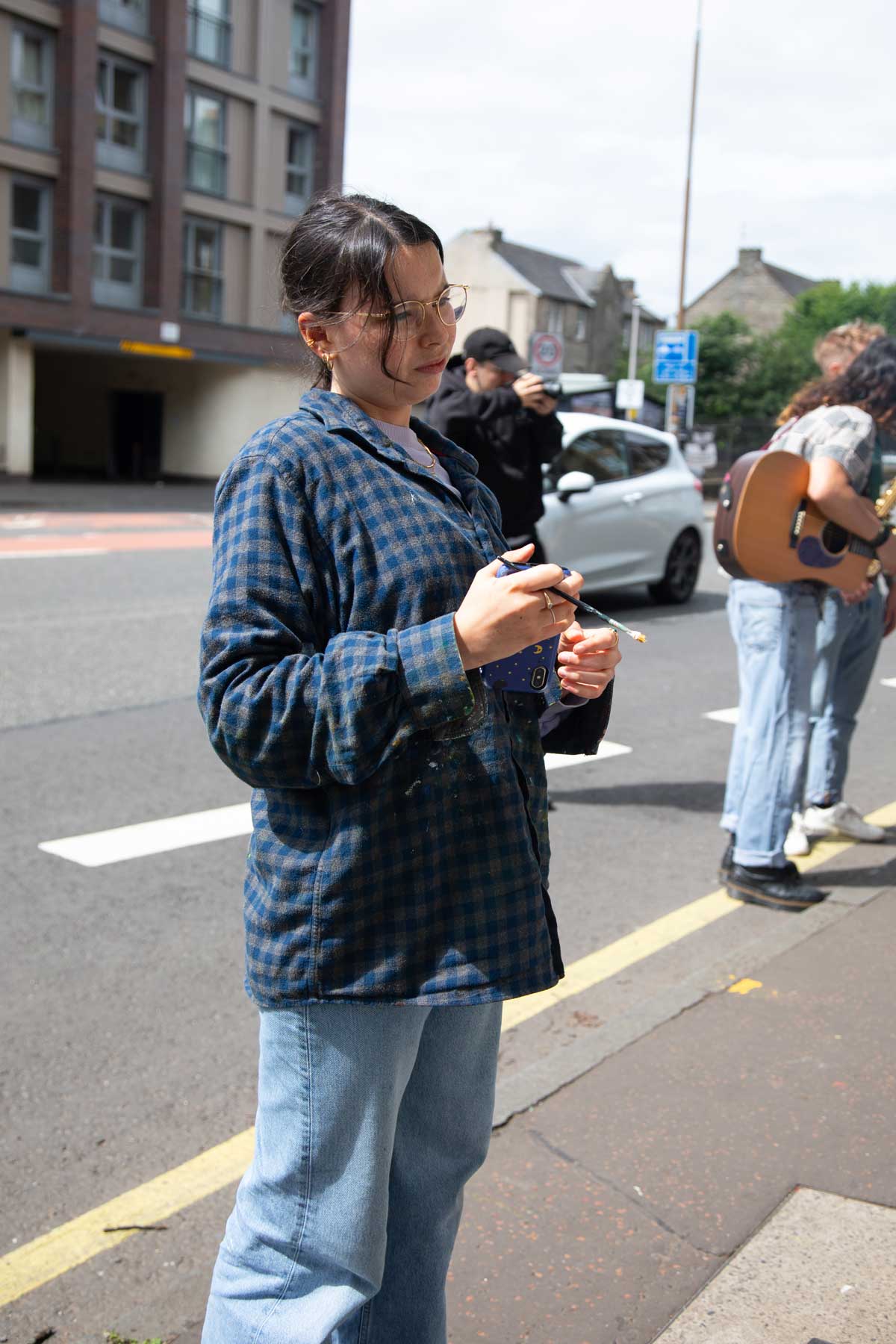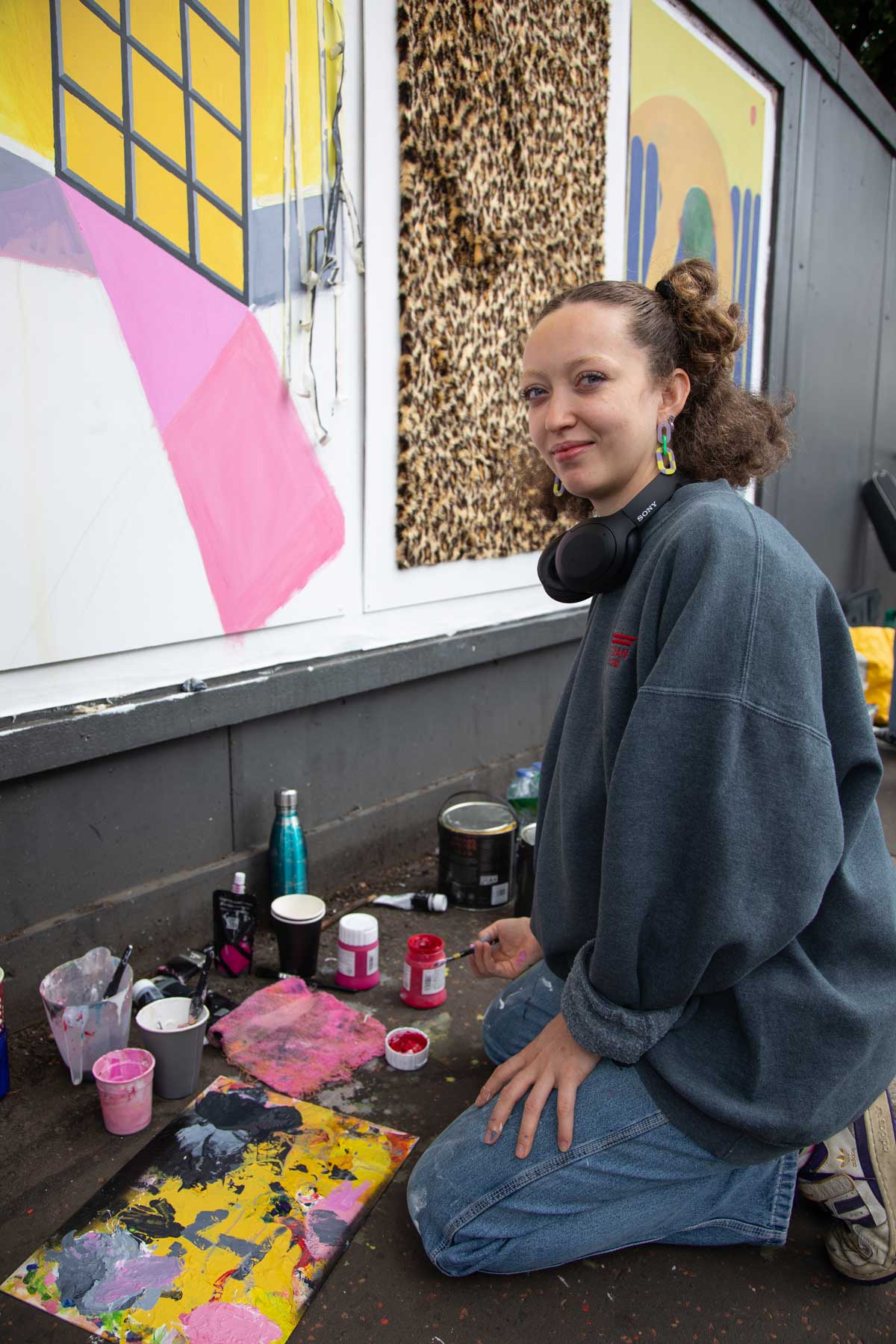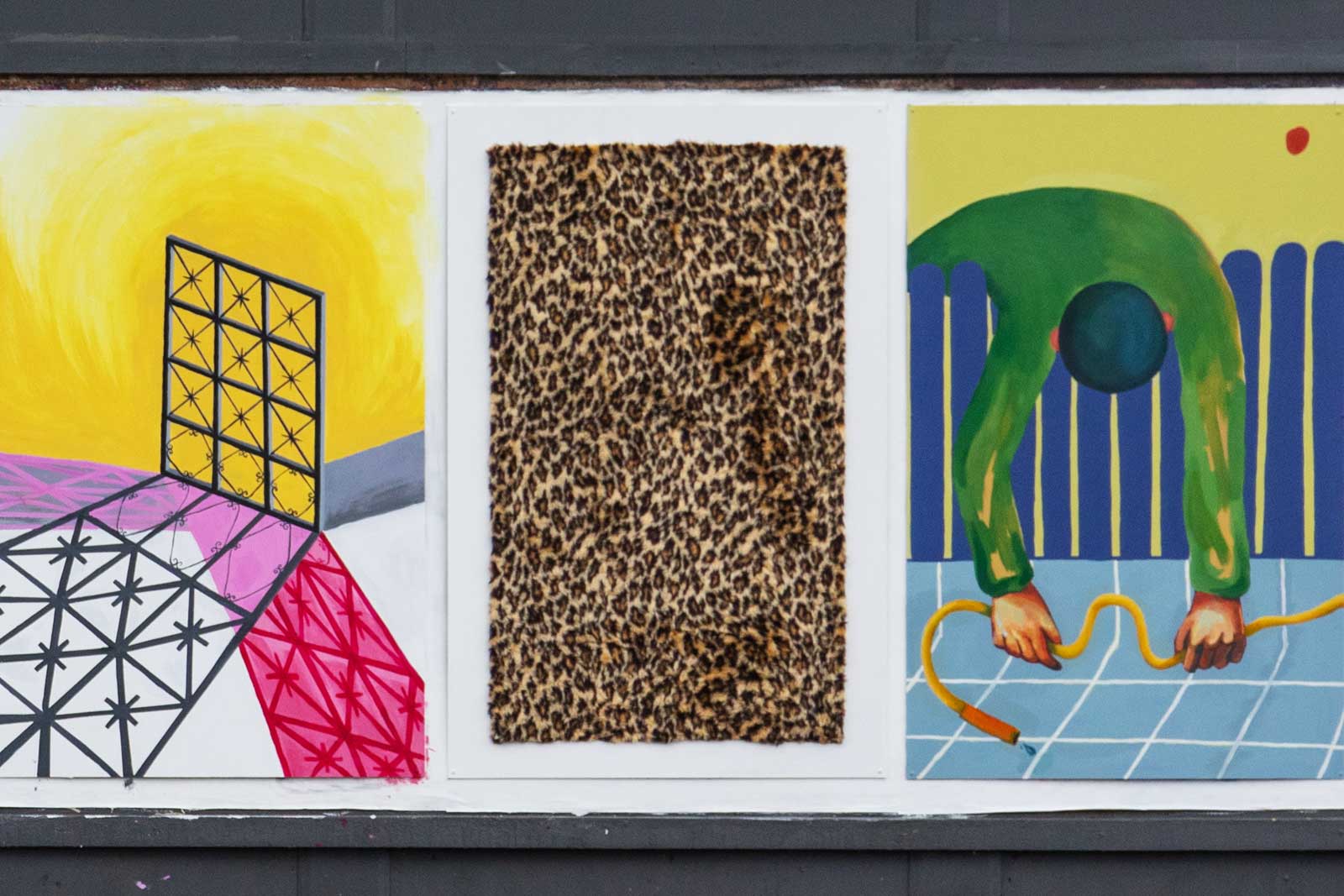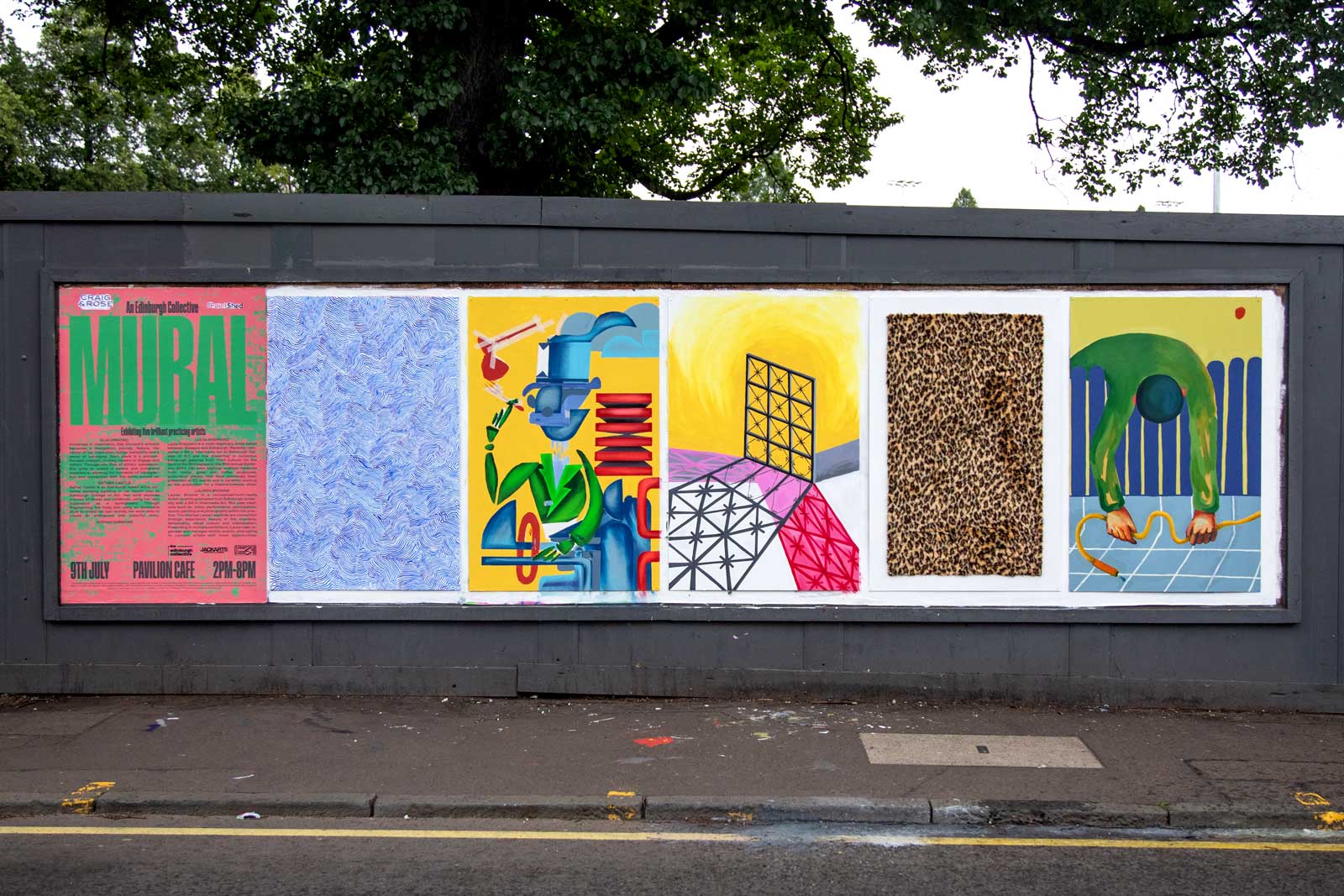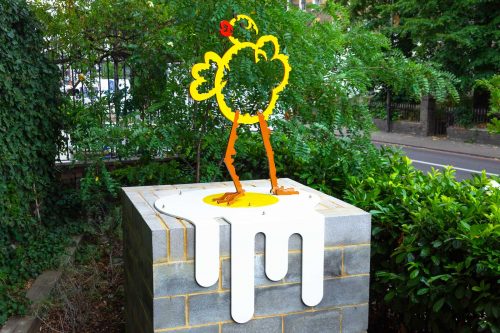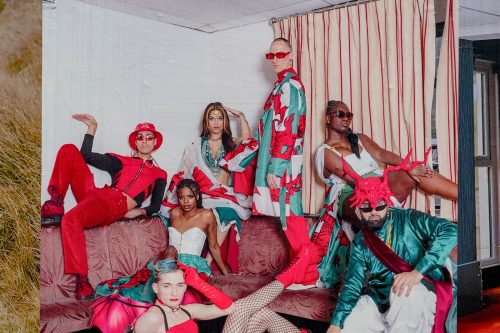Partnerships
Through collaboration and conversation, The Edinburgh Collective have built a network for the capital’s creative community to thrive
Our latest partnership is with The Edinburgh Collective – an ‘open network of active creatives in Edinburgh setting new standards for the creative scene and industry’. It’s a buzzing network that was founded on a strong friendship between Nathaniel Cartier and Fraser MacDonald when they met in university halls. The idea sprouted through hearing constant mumurs of disbelief in Scotland’s capital having a decent creative and music scene. As the pair were in the creative community themself, creating the network came from a strong belief that Edinburgh could and should step out of the shadows to stand side by side with Glasgow. We spoke to one of the Creative Directors behind The Edinburgh Collective, Nathaniel Cartier.
“We’ve always said that we just want to help bring new momentum to the Edinburgh creatives. All we’re trying to do is make some fun things happen and bring in the local community with different artists to have a good time. That’s what life’s all about really”, he explains. Collaboration and support is at the heart of this creative network. “When I introduce people to The Edinburgh Collective, I just say ‘Yo, The Edinburgh Collective, all we do is just make cool shit happen.’ And very often, that gets the message across quite quickly.”
For the partnership the collective have made their mark on a mural in the poster space led by their Art Director, Lauren Browne, presenting what they do best – creative collaboration. The mural will promote their summer Garden Party at the Pavillion Cafe, involving an artists’ market and live music. Over the course of the week, five local artists will each work on a panel on the mural, showcasing not only their annual Garden Party event, but exactly what the network is about. “It’s definitely something that Fraser has taken the lead in here. But I think setting new standards on all fronts of professionalism is important. Asking ourselves how can we help artists as an organisation and encouraging them to do what they love, providing them with opportunities to be the best artists they could possibly be.”
13.07.23
Words by


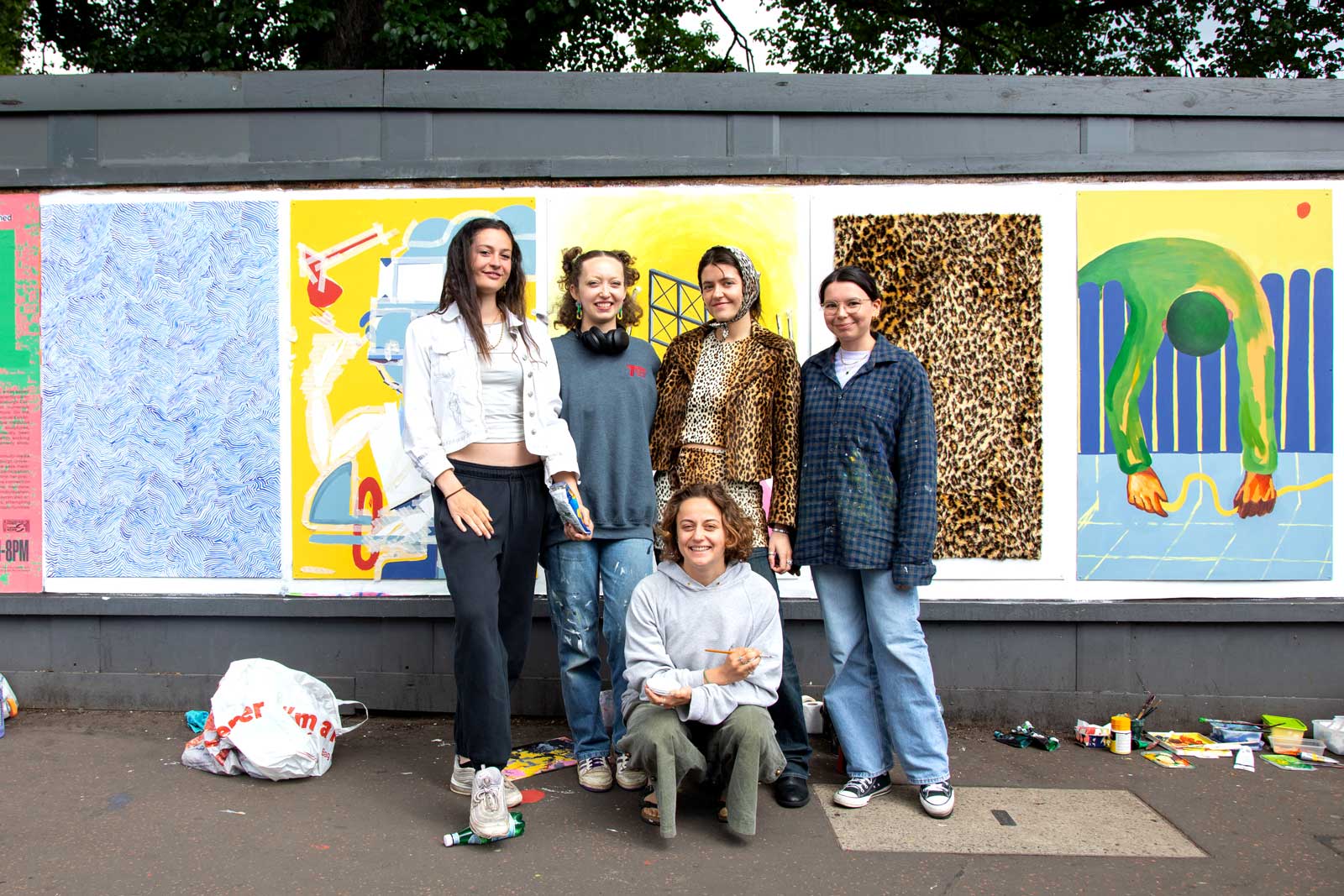
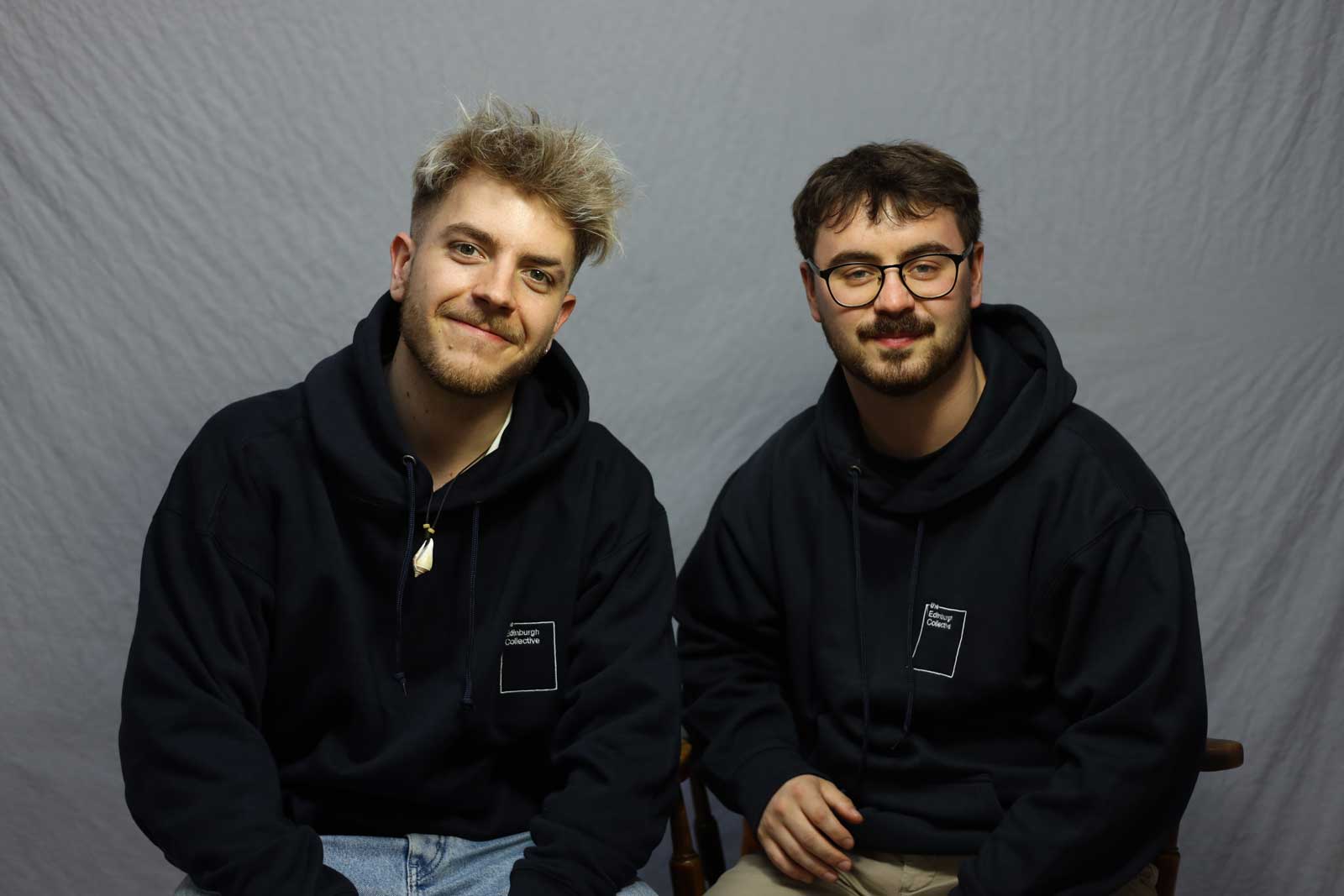 Nathaniel Cartier, Fraser Macdonald, at the Scottish Arts Club, by Aidan Kennedy @aidantookthis
Nathaniel Cartier, Fraser Macdonald, at the Scottish Arts Club, by Aidan Kennedy @aidantookthis
